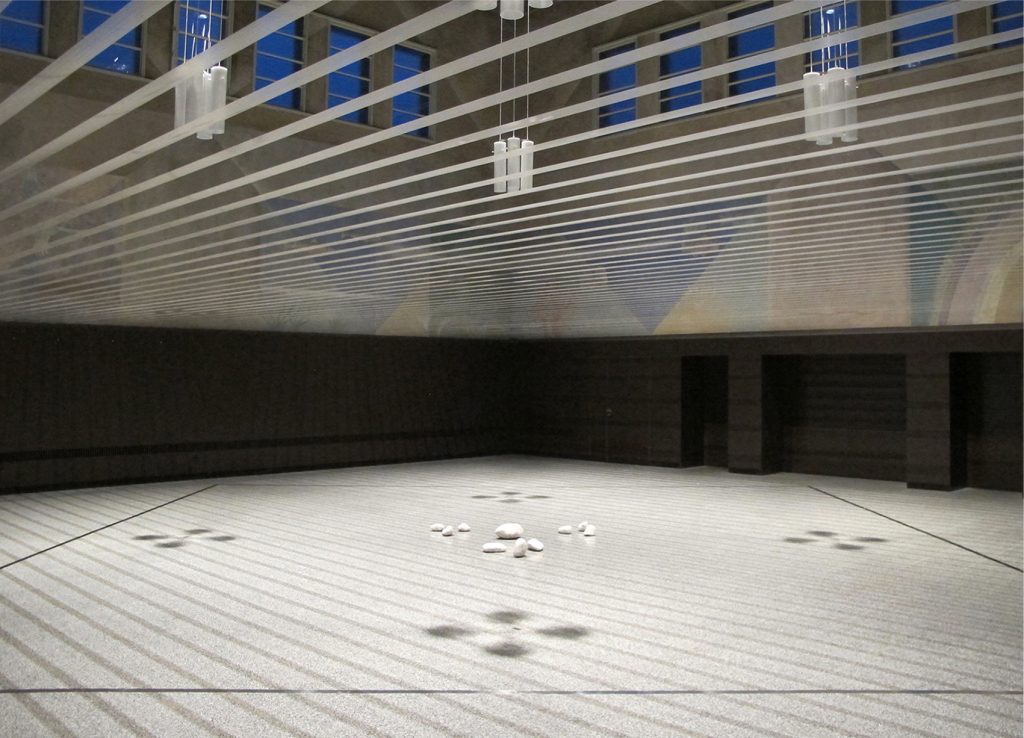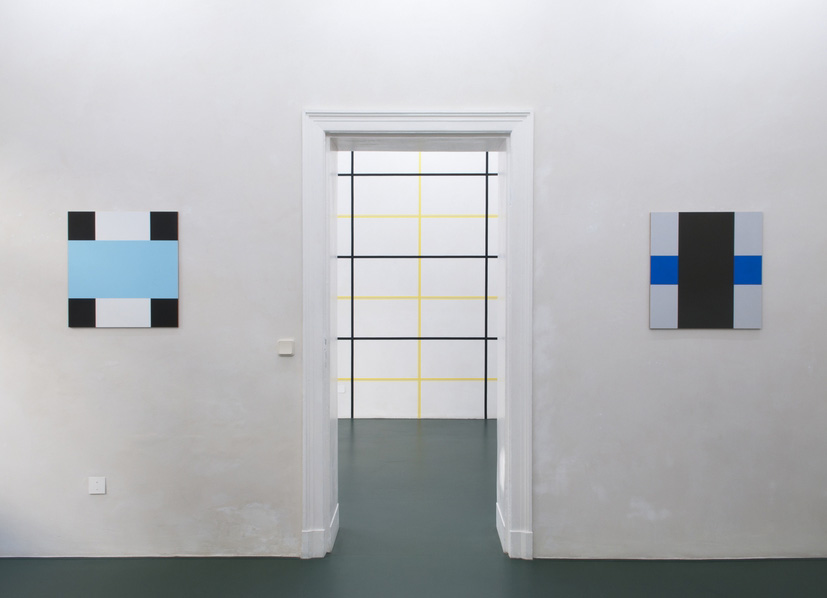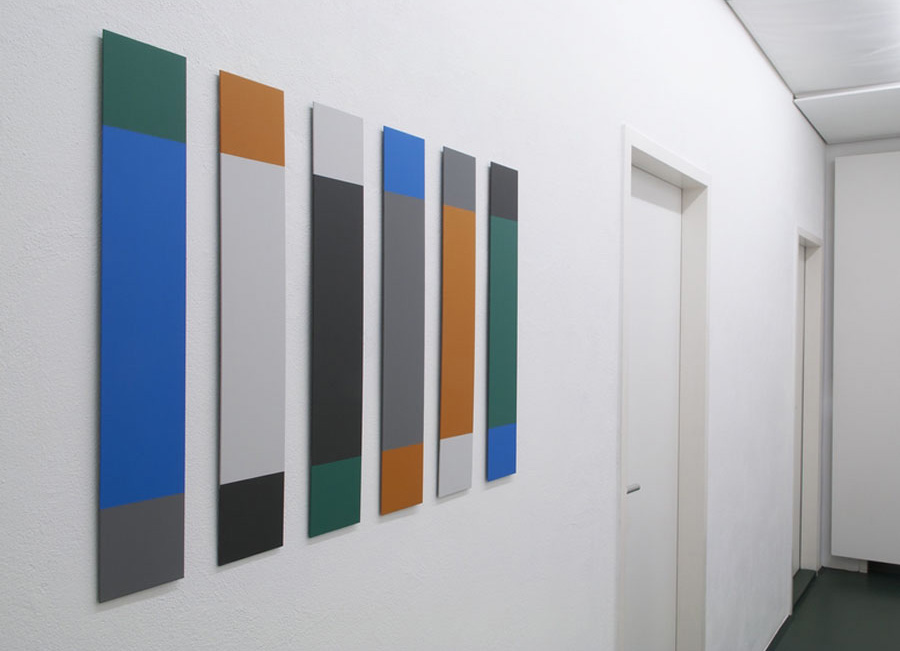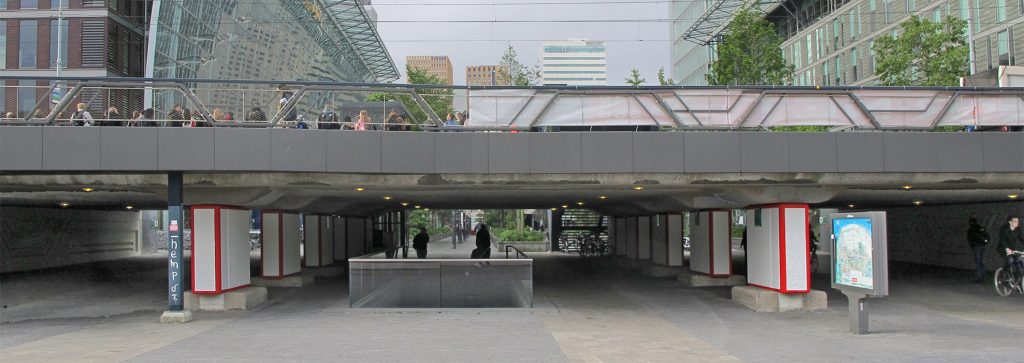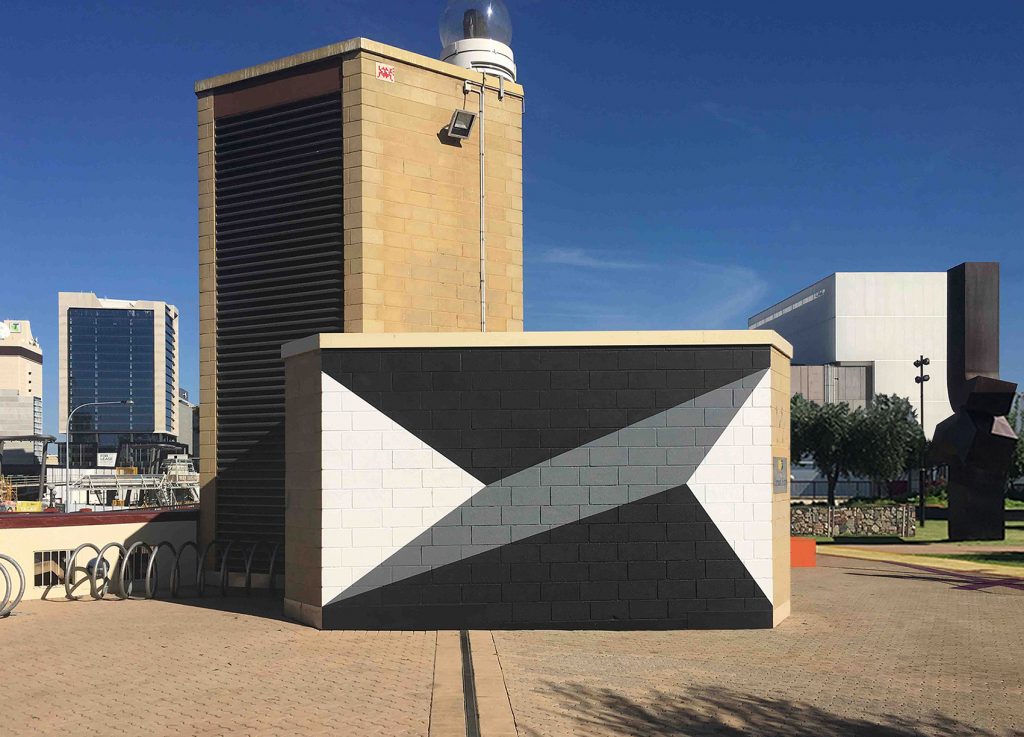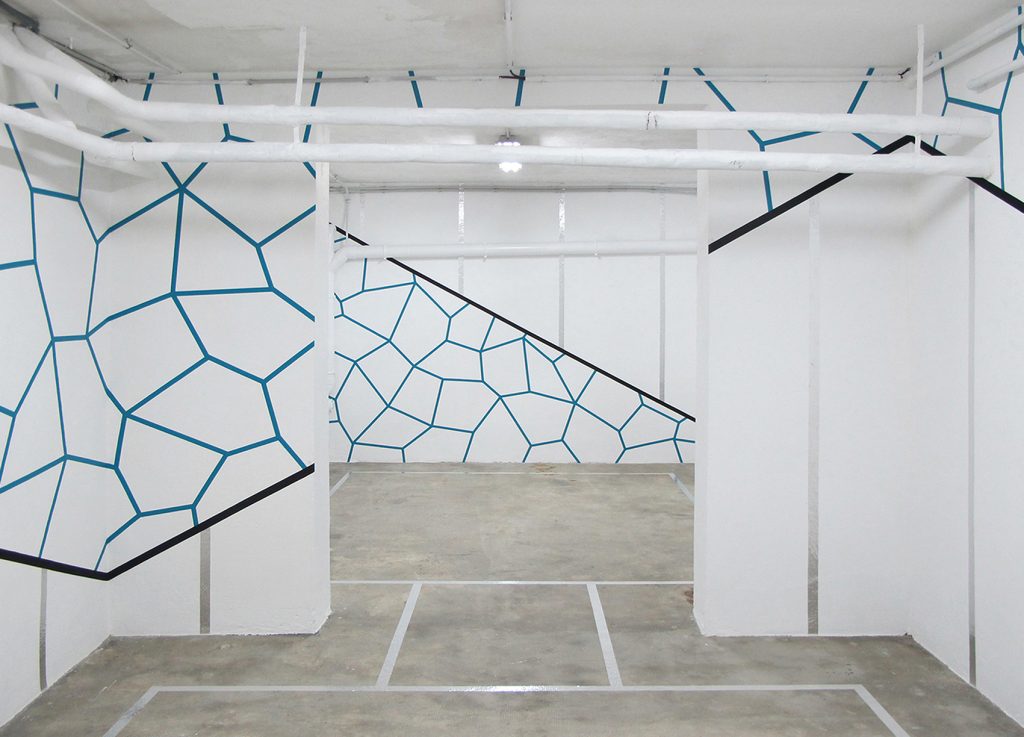fragiler Augenstand
DENISE WINTER · DAVID SEMPER
Eröffnung am Donnerstag, 12. September 2024, 17 bis 21 Uhr
Einführung um 19 Uhr
Ausstellung bis 26. Oktober 2024
***DE***
fragiler Augenstand
Der Augenstand ist jedes Mal anders: die Höhe, die Weite, das Schweifen, das Ertasten des Raumes mit den Augen. Alles an der Berührung scheint fragil, temporär sowieso. Im Zerbrechen des Moments eine kurze (poetische) Bestandsaufnahme. Stille.
Über den Knick, den Schnitt in der Wand, der fast unsichtbaren Verschiebung im Spalt des Materials entsteht ein faszinierender, zugleich fragiler Zustand. Der berührt, aufrührt und zurückwirft auf die Fragen: Was ist Raum? Was Architektur? Was ist unter der Haut, die sich über den Stein oder das Papier zu legen scheint? In ein paar Tagen wird das verwendete Material den Ausgangszustand leugnen. Das Grün des Chlorophylls ist dem Braun gewichen. Der lasergeschnittene Steg im stehenden Papier biegt sich dem sehenden Auge entgegen. Nichts scheint von Bestand zu sein.
***EN***
fragiler Augenstand [fragile Eye Position]
The eye position is always different: the height, the width, the hovering, the sensing of space through the eyes. Everything about this touch seems fragile, temporary anyway. As the moment breaks, a brief (poetic) evaluation. Silence.
The kink, the cut in the wall, the almost invisible shift within the gap of the material creates a fascinating, yet fragile state. That touches, stirs and sets back to the questions: What is space? What is architecture? What is underneath the skin that seems to overlay the stone or the paper? Only a few days later, the material used will deny its original state. The green of the chlorophyll has given way the brown. The laser-cut bar in the upright paper bends towards the seeing eye. Nothing seems to be permanent.
fragiler Augenstand
DENISE WINTER · DAVID SEMPER
Opening Thursday, September 12, 2024, 5 to 9 pm
Introduction at 7 pm
Exhibition through October 26, 2024
Oliver Siebeck – Flusserbiografie
Ausstellung im Vilém Flusser Archiv, Berlin
Eröffnung Freitag, 24. Mai 2024 von 17 bis 20 Uhr
Einführung von Dr. Anita Jóri um 18:30 Uhr
Vilém Flusser Archiv
c/o Universität der Künste Berlin
Medienhaus, Raum 208
Grunewaldstraße 2–5
10823 Berlin
Zu sehen bis 21. Juli 2024 auf Verabredung per e-Mail an info@flusser-archive.org
……DE……
Anita Jóri – Die widerständige Maschine
Die Schreibmaschine ist ein Apparat, der unsere Gedanken vermittelt. Doch sie verändert auch die Art und Weise, wie wir denken. Vilém Flusser, der Prager Medien- und Kulturphilosoph, hat dieses Gerät sein ganzes Leben lang verwendet, um seine Thesen und Techno-Spekulationen auszuformulieren. Flusser betrachtete die Schreibmaschine nicht einfach als ein Werkzeug für die mechanische Herstellung von Texten, sondern als ein Medium, das die Beziehung zwischen Autor*in und Schrift verändert. Er beschrieb diese Maschine als einen technischen Apparat, der den/die Autor*in von der unmittelbaren physischen Erfahrung des Schreibens entfremde: Während das handschriftliche Schreiben eine direkte Verbindung zwischen dem Schreibenden und der Schrift herstelle, schaffe die Schreibmaschine eine neue Form von Distanz. Diese Distanz sah Flusser als eine analytisch-phänomenologische Übung an, um komplexe, mitunter widerständige Gedanken durch den widerständigen Tastendruck in das Papier zu imprägnieren (er verwendete bis zuletzt klassische mechanische Schreibmaschinen und sah bewusst von Computer-Textprozessoren oder elektronisch unterstützten Schreibmaschinen ab, die den tippenden Fluss der Hände unterstützen).
Mithilfe dieses Geräts konnte Flusser zudem auch einen mehrsprachigen Nachlass hinterlassen: Essays, Buchmanuskripte und Korrespondenzen auf vier Sprachen, alle mit den Buchstaben der Maschine auf Papier getippt – und eben durch durchdrückendes Kohlepapier kopiert und somit, auch wenn er Manuskripte versendete, gleich für sein eigenes Archiv (und somit für das spätere Vilém Flusser Archiv) aufbewahrt. Er korrigierte seine Worte nur selten, wodurch sein Schreibstil oft näher an der gesprochenen Sprache als an klassischen geschriebenen Texten liegt.
Das monotone Geräusch, das durch diesen Apparat entsteht, wirkt sich auch stark auf unseren Schreibrhythmus und unsere Denkprozesse aus. “Tak, Tak, Tak, Tak…” – dieses Geräusch und sein Stakkato vergisst man nicht, wenn man ständig damit arbeitet.
Oliver Siebeck hat viel mit Vilém Flusser gemeinsam: Als Schauspieler spielt gesprochene Sprache eine große Rolle in seinem Leben und auch die Schreibmaschine fördert und fordert seine bildende künstlerische Praxis heraus: Sie limitiert und zugleich strukturiert das Denken und seine Manifestation auf Papier. Er arbeitet mit Biografien und Listen von Lebensdaten ihm wichtiger Menschen, die sich in repetitiver Tastenarbeit überlagern, mitunter unleserlich werden und dabei reliefartige Strukturen herstellen. All diese Listen sind laut ihm “lesbar oder unlesbar, endlich oder unendlich, betonen ein Nacheinander oder sind zufällig auf Blätter verteilt”. Flussers „Biografie“ – im reduktionistischsten Sinne denkbar, durch die Auflistung der Jahreszahlen seiner Lebensspanne – wurde in dieser Reihe verarbeitet und man könnte spekulieren, dass die beiden Herren einander durch den erwähnten Apparat und seine Geräusche gefunden haben. Das Papier wurde von beiden Autoren maximal ausgenutzt – womit auch Walter Benjamin einverstanden gewesen wäre, der seine Notizbücher maximal ökonomisch in kleiner Schrift und ohne Rand ausnutzte. Auch Flusser nutzte fast jeden Millimeter der Seiten für seine Texte aus, während Siebeck eine andere Technik entwickelt hat: Er tippt den Text mehrmals auf das Papier, um mehrere Schichten der Story, die er erzählen möchte, zu überlagern und zu betonen.
Laut Flusser stellen die Tasten auf der Tastatur einen Code dar, der in Buchstaben umgewandelt wird. Der/Die Autor*in muss nicht mehr jeden Buchstaben einzeln formen, sondern kann ihn einfach eingeben. Dadurch hat das Schreiben an Geschwindigkeit und Effizienz gewonnen, aber es geht auch ein Stück persönlicher Individualität verloren. Siebecks Werke setzen sich genau dagegen ein: Mit seiner Technik drückt er seine künstlerische Identität auf individueller Ebene aus.
Letztlich ist die Schreibmaschine auch eine wichtige Instanz für den Übergang von einer handschriftlichen Kultur zu einer Kultur maschinell hergestellter Texte. Flusser sah in der Schreibmaschine eine Vorahnung des Computerzeitalters, in dem das Verhältnis zwischen Menschen und Schrift endgültig von Maschinen – immer stärker zur Opazität neigender Apparate – vermittelt würde. Heute, im Umbruch vom Informationszeitalter zu einem noch zu definierenden Zeitalter KI-generierter Textmassen wirkt die Schreibmaschine fast schon nostalgisch. Dennoch bleibt sie ein wichtiger Meilenstein in der Geschichte der Schriftkultur – und Oliver Siebecks Werke erinnern uns daran.
……EN……
Anita Jóri – The resistant machine
The typewriter is an apparatus that communicates our thoughts. But it also changes the way we think. Vilém Flusser, media and cultural philosopher originally from Prague, used this device throughout his life to formulate his theses and techno-speculations. Flusser regarded the typewriter not simply as a tool for the mechanical production of texts, but as a medium that changes the relationship between author and writing. He described this machine as a technical apparatus that alienated the author from the immediate physical experience of writing: while handwritten writing created a direct connection between the writer and the writing, the typewriter created a new form of distance. Flusser saw this distance as an analytical-phenomenological exercise in order to impregnate complex, sometimes resistant thoughts into the paper through the resistant keystroke (he used classic mechanical typewriters until the end and deliberately refrained from using computer text processors or electronically supported typewriters, which support the typing flow of the hands).
With the help of this device, Flusser was also able to leave behind a multilingual legacy: Essays, book manuscripts and correspondence in four languages, all typed on paper with the letters of the machine – and copied straight through carbon paper and thus, even when he sent manuscripts, preserved immediately for his own archive (and thus for the later Vilém Flusser Archive). He rarely corrected his words, which means that his writing style is often closer to spoken language than to classical written texts.
The monotonous noise produced by this apparatus also has a strong effect on our writing rhythm and thought processes. “Tak, Tak, Tak, Tak…” – You don’t forget this sound and its staccato when you are constantly working with it.
Oliver Siebeck has a lot in common with Vilém Flusser: as an actor, spoken language plays a major role in his life and the typewriter also encourages and challenges his visual artistic practice: it limits and at the same time structures thought and its manifestation on paper. He works with biographies and lists of the lives of people who are important to him, which are superimposed in repetitive keyboard work, sometimes becoming illegible and creating relief-like structures. According to him, all these lists are “legible or illegible, finite or infinite, emphasize a succession or are randomly distributed on sheets of paper”. Flusser’s “biography” – conceivable in the most reductionist sense, by listing the years of his life span – was processed in this series and one could speculate that the two men found each other through the aforementioned apparatus and its sounds. Both authors made maximum use of the paper – which Walter Benjamin would have agreed with, as he used his notebooks as economically as possible in small type and without margins. Flusser also used almost every millimeter of the pages for his texts, while Siebeck developed a different technique: He typed the text several times on the paper to overlay and emphasize several layers of the story he wanted to tell.
According to Flusser, the keys on the keyboard represent a code that is converted into letters. The author no longer has to form each letter individually, but can simply type it in. As a result, writing has become faster and more efficient, but a certain amount of personal individuality has also been lost. Siebeck’s works do precisely that: He uses his technique to express his artistic identity on an individual level.
Ultimately, the typewriter is also an important instance of the transition from a handwritten culture to a culture of machine-produced texts. Flusser saw the typewriter as a premonition of the computer age, in which the relationship between people and writing would finally be mediated by machines – increasingly opaque apparatuses. Today, in the transition from the information age to a yet-to-be-defined age of AI-generated text masses, the typewriter seems almost nostalgic. Nevertheless, it remains an important milestone in the history of writing culture – and Oliver Siebeck’s works remind us of this.
2 + x_ Videos
Bastian Hoffmann [DE] — how to turn your work place into a sheet of paper, 2018
Video, Farbe, Ton, 05:52 min
Maik Schierloh [DE] — Babette wall work, 2018
Video by Birgit Höllmer, 02:11 min
2 + x_
karin sander _ imi knoebel
_ + _
_ ignasi aballí _ carl andre _ alain biltereyst _ franziska degendorfer _ edith dekyndt _ tom früchtl _ joachim grommek _ margareta hesse _ bastian hoffmann _ david ireland _ via lewandowsky _ sylvan lionni _ robert ryman _ maik schierloh _ richard stipl _ sabine straub _ günther uecker _ veronika veit _ beat zoderer _ et al.
Werke aus der Sammlung Frank F. Drewes
Eröffnung am Donnerstag, 25. April 2024, 17 bis 21 Uhr, mit einer Einführung um 19 Uhr
Am Gallery Weekend, Freitag, 26. April bis Sonntag 28. April, göffnet von 12 bis 18 Uhr
Anschließend bis 25. Mai 2024 täglich auf Verabredung, sowie samstags von 14 bis 19 Uhr zu sehen
+
Kuratorisches Sammler-Gespräch am 16. Mai 2024, 18:30 Uhr
___DE___
drj art projects zeigt zum Gallery Weekend 2024 die Ausstellung 2 + x_ als zweite Ausgabe des vor einem Jahr begonnenen Formats der kuratierten Sammlungspräsentation. Die diesjährige Schau zeigt eine Auswahl von Werken der Kunstsammlung des Architekten und Autors Frank F. Drewes. Ausgehend von einem Schwerpunkt auf Arbeiten von Karin Sander und Imi Knoebel [die » 2 « im Titel] werden über deren Verbindung mit ausgesuchten Werken weiterer Künstler:innen der Sammlung [» + x_ « ] inhaltliche Kreise gezogen, die, miteinander und räumlich gefügt, in der Programmgalerie gezeigt werden.
Frank F. Drewes sammelt seit seinem Studium leidenschaftlich Kunst. Ein besonderer Schwerpunkt hat sich dabei auf minimalen und im weitesten Sinne konzeptuellen Arbeiten gebildet; seine Interessen umfassen zudem aber auch Fotografie, Objektkunst und Design. Als Architekt und Professor im Fachgebiet Innenarchitektur hat er von Berufs wegen einen besonders geschulten Blick für Materialien und ihre Verwendung, sowie für Proportionen und Bezüge räumlicher Elemente zueinander. Insofern interessiert ihn bei einer Komposition von Kunstwerken immer auch ihre Position in und zu den Räumen, in denen sie platziert werden.
»Innenarchitektur ist per Definition der Kern der Architektur« lautet in diesem Zusammenhang sein Credo. »Die Hülle kommt vor dem Kern lautet mein Motto beim Sammeln. Als These ist dies rein chronologisch zu sehen und keine Hierarchisierung. Aber der erste Kontakt mit einem Kunstwerk geht gewöhnlich über den Sehnerv, der wiederum für die Aktivierung der Hirnzellen sorgt. Zusammenhänge lassen sich also sehr direkt über den künstlerischen Ausdruck der Werke erschließen. Weitere inhaltliche Aspekte können erschlossen werden, sind aber nicht instrumental für die Wahrnehmung der Komposition«, so Frank F. Drewes.
Seine Kunstsammlung nennt er »eine kleine private Sammlung, deren Schwerpunkte sich im Laufe der Jahre herausgebildet haben. Das für Sammler typische Vergleichen, Sortieren und Einordnen schärft den Blick oft erst retrospektiv, meine Sammlung ist nicht unter vorab gesetzten Kriterien zusammengetragen worden, sondern durch den intuitiven Zugang«.
drj art projects hat 2023 zum Berliner Gallery Weekend das Ausstellungsformat der Sammlungspräsentation begonnen. Als Programmgalerie für minimale und konzeptuelle Kunst eignet sich dieser international etablierte Termin gut dafür, diese spezifische Ausrichtung innerhalb der Berliner Kunstlandschaft zu unterstreichen. Mit der Ausstellung PROFIL. war insofern eine kuratierte Auswahl der Sammlung Schroth mit der Stiftung Konzeptuelle Kunst, Soest, zu sehen. Deren Ausrichtung entspricht der Programmarbeit von drj sehr weitgehend. Nach der Zusammenarbeit mit dieser großen, institutionell organisierten Sammlung, ist 2 + x_ die zweite Ausgabe der Reihe, in welcher gezielt eine Auswahl passender Werke aus einer Privatsammlung mit unterschiedlichen Sammlungsfeldern präsentiert wird.
___EN___
drj art projects will display the exhibition 2 + x_ on Gallery Weekend 2024 as the second edition of their curated collection presentation format, launched one year ago. This edition features a selection of works from the art collection of architect and author Frank F. Drewes. Starting with a focus on works by Karin Sander and Imi Knoebel [the » 2 « in the title], a line can be drawn through their connection with selected works by other artists from the collection [» + x_ « ], shown together and spatially linked in the spaces of the drj programme gallery.
Frank F. Drewes has been a passionate art collector since his student days. He has developed a particular focus on minimal and conceptual art in the wider sense, but his interests also include photography, object art and design. As an architect and professor of interior design, he has a particularly keen eye for materials and their use, as well as for the proportions and relationships of spatial elements to one another. In this respect, when composing works of art, he is always interested in their position and relation to the spaces they are placed within.
»Interior design is by definition the core of architecture« is his credo in this context. »The shell comes before the core is my motto when collecting. As a statement, this is purely chronological and not a hierarchy. The first contact with a work of art is usually made via the optic nerve, which in turn activates the brain cells. Connections therefore arise very directly through the artistic expression of the works. Other aspects of the content can be inferred, but are not instrumental to the perception of the composition,« says Frank F. Drewes.
He refers to his art collection as »a small private collection whose focal points have developed over the years. The comparison, sorting and categorization – that are typical for collectors – often merely sharpen the view retrospectively; my collection was not put together according to predetermined criteria, but through an intuitive approach.«
drj art projects started the exhibition format of collection presentation in 2023 for the Berlin Gallery Weekend. As a programme gallery for minimal and conceptual art, this internationally known event is very well suited to underlining this specific approach within the Berlin art landscape. In this respect, the exhibition PROFIL. was a curated selection of the Schroth Collection with the Stiftung Konzeptuelle Kunst, Soest. Its orientation corresponds very closely to the programme work of drj. Following the collaboration with this large, institutionally organized collection, 2 + x_ is the second edition of the series, presenting a selective choice of suitable works from a private collection with a variety of works from diverse artistic fields.
2 + x_
karin sander _ imi knoebel
_ + _
_ ignasi aballí _ carl andre _ alain biltereyst _ franziska degendorfer _ edith dekyndt _ tom früchtl _ joachim grommek _ margareta hesse _ bastian hoffmann _ david ireland _ via lewandowsky _ sylvan lionni _ robert ryman _ maik schierloh _ richard stipl _ sabine straub _ günther uecker _ veronika veit _ beat zoderer _ et al.
Works from the Frank F. Drewes collection
Opening on Thursday, April 25, 2024, 5 to 9 pm with an introduction at 7 pm
On Gallery Weekend, Friday, April 26 to Sunday, April 28, open from 12 to 6 pm
Subsequently through May 25, 2024 daily by appointment, and on Saturdays from 2 to 7 pm
Monika Brandmeier [DE]
*1959 in Kamen, NRW
Lebt und arbeitet in Berlin und Dresden
drj Programmkünstlerin seit 2012
www.monikabrandmeier.de, www.instagram.com/monikabrandmeier, www.klassebrandmeier.de
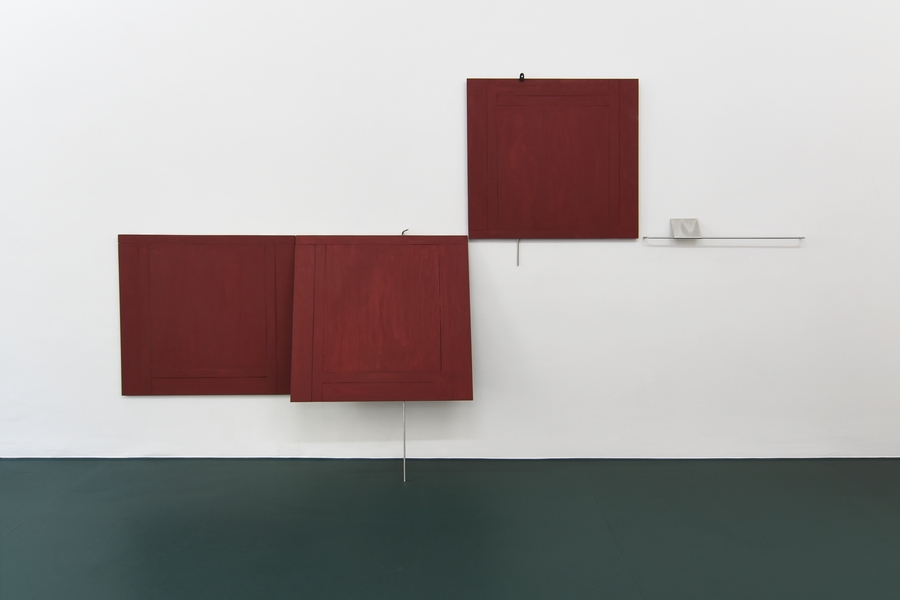
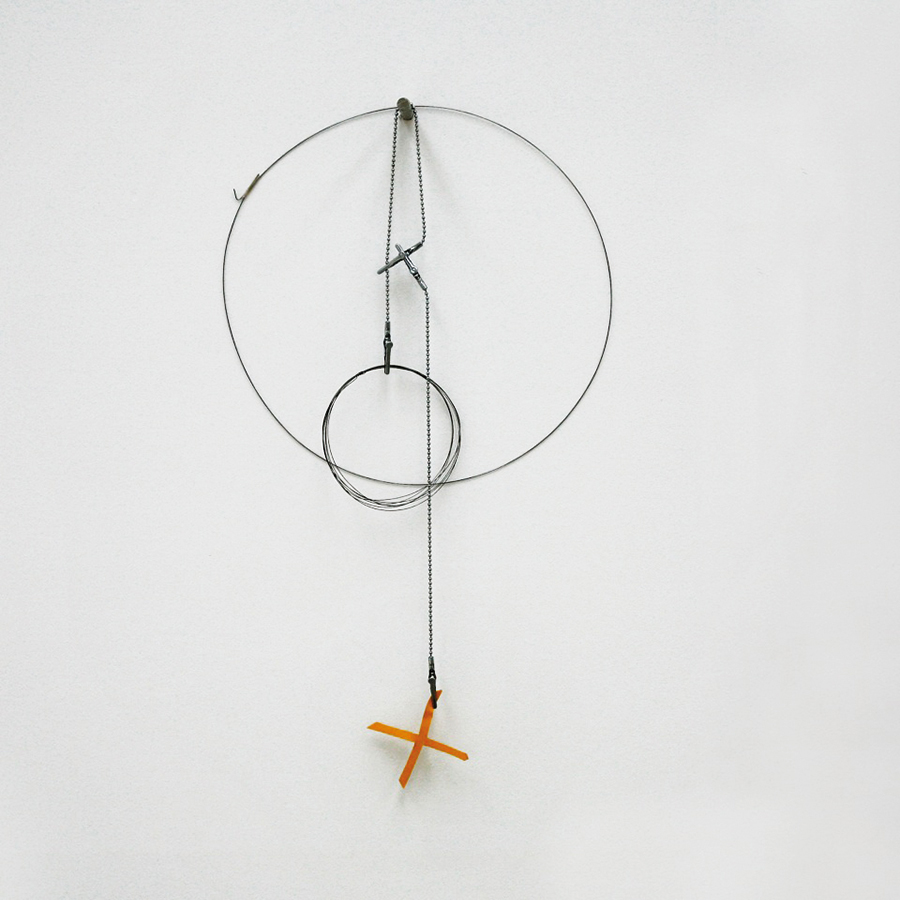

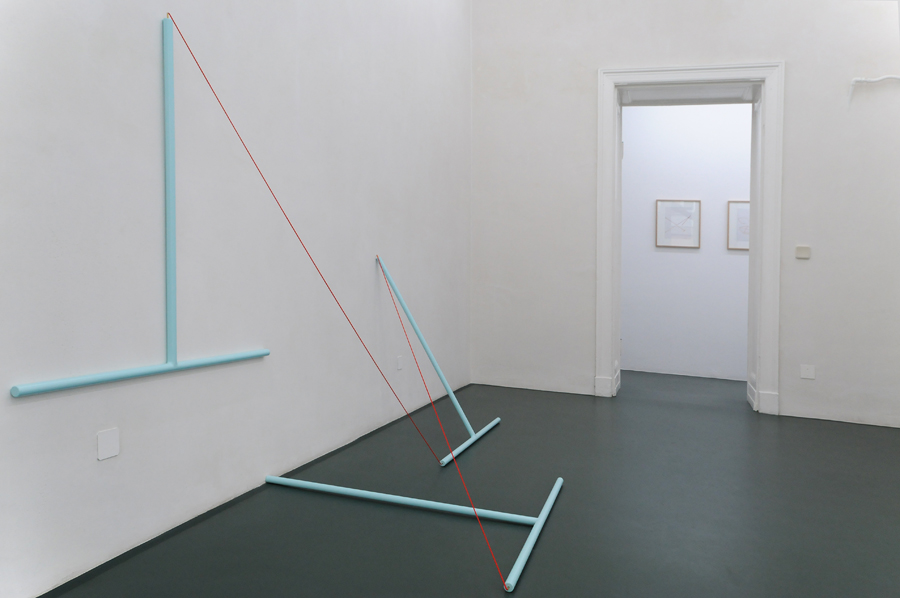
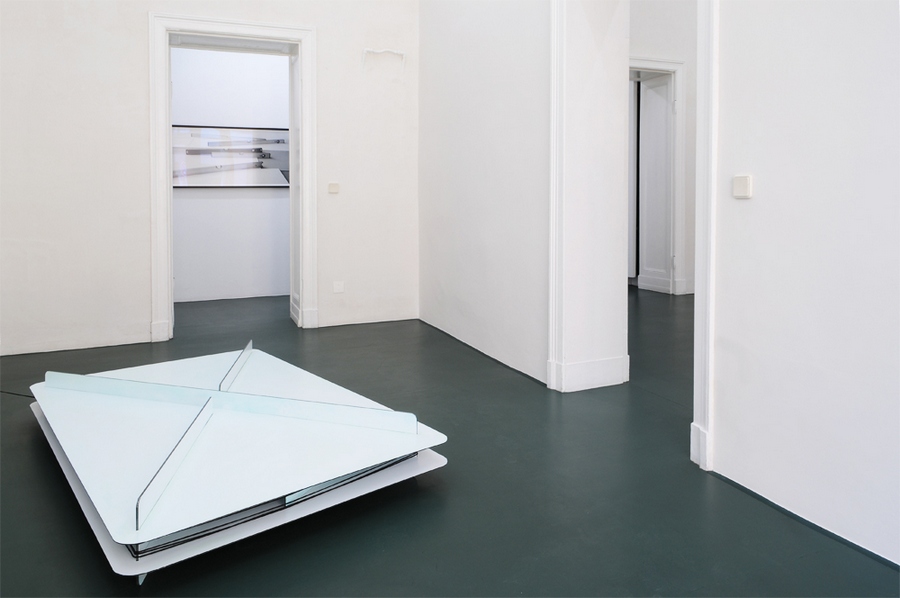
Ausstellungen und Beteiligungen:
Willem Besselink [NL]
*1980 in Venray, Prov. Limburg [NL]
Lebt und arbeitet in Rotterdam.
Programmkünstler seit 2017.
www.willembesselink.nl, www.instagram.com/willembesselink
Ausstellungen und Beteiligungen:
Mandy Cano Villalobos [US]
*1979 in Petersburg, Virginia [US]
Lebt und arbeitet in Grand Rapids, Michigan [US]
drj Programmkünstlerin seit 2019
www.mandycano.com, www.instagram.com/mandy_cano_villalobos
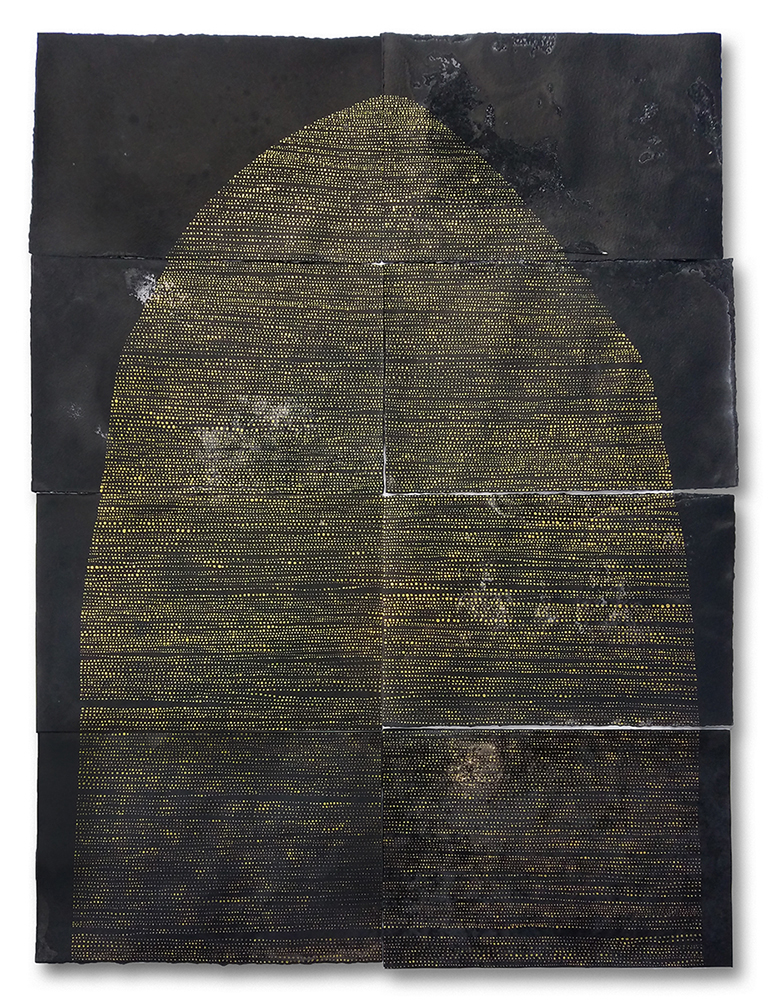
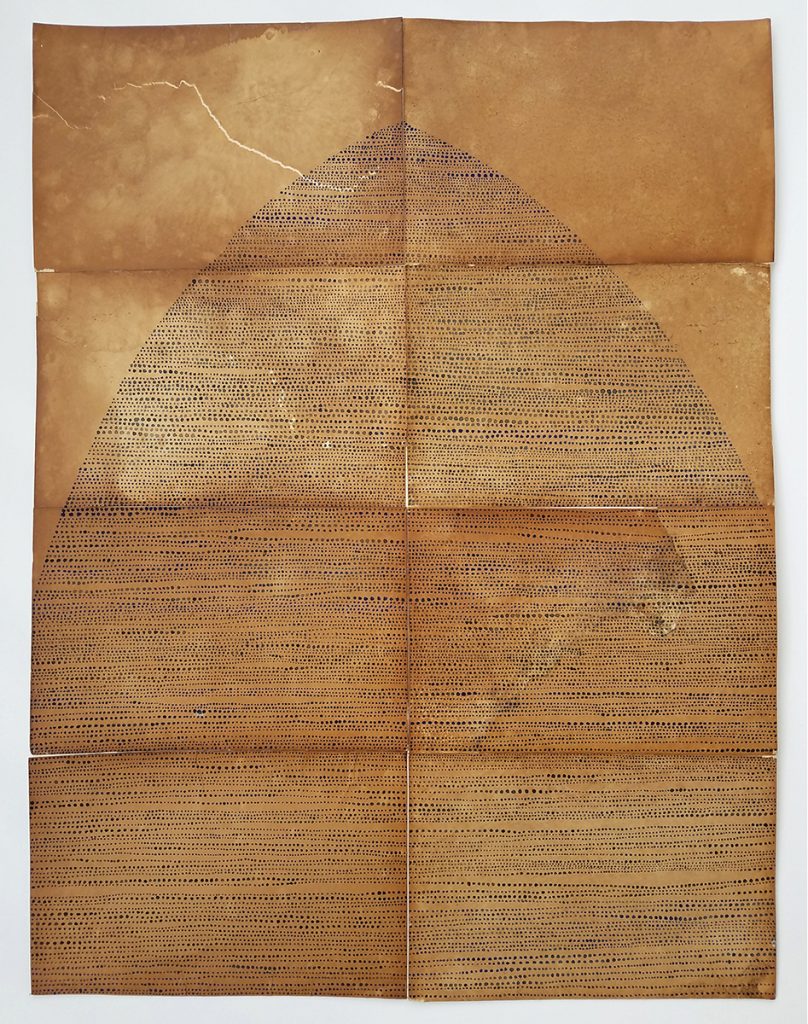
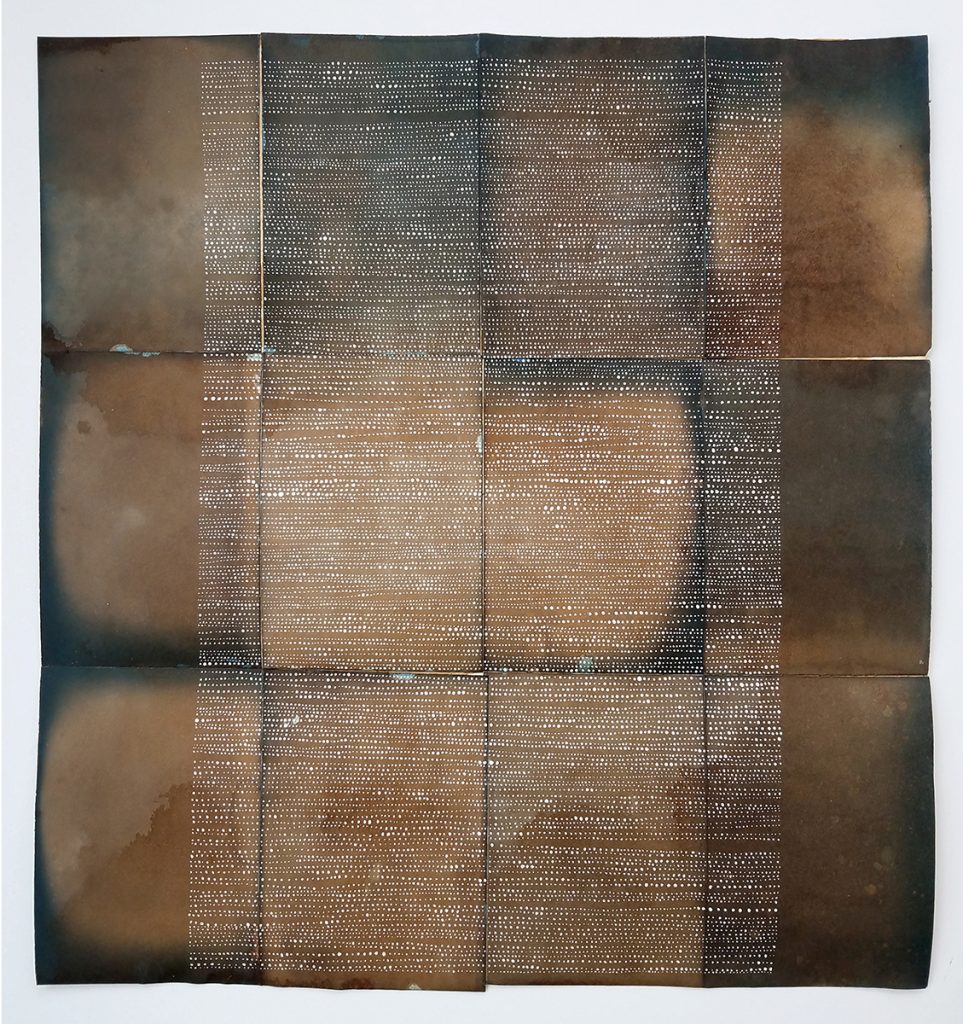
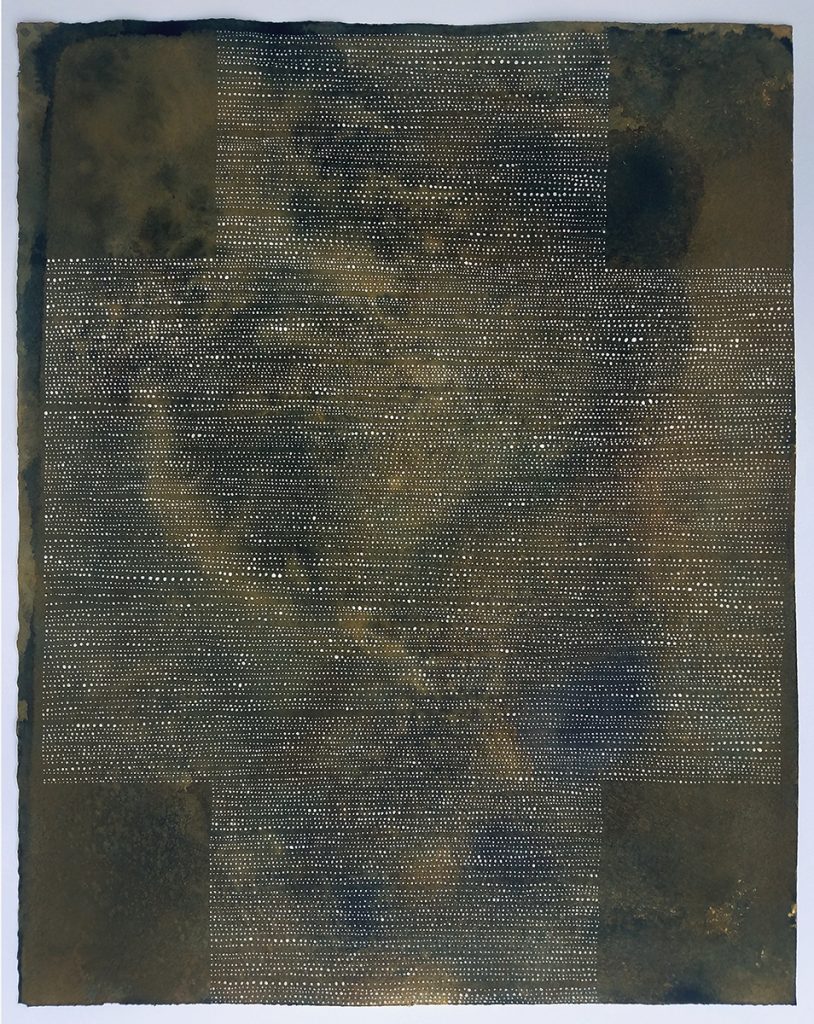
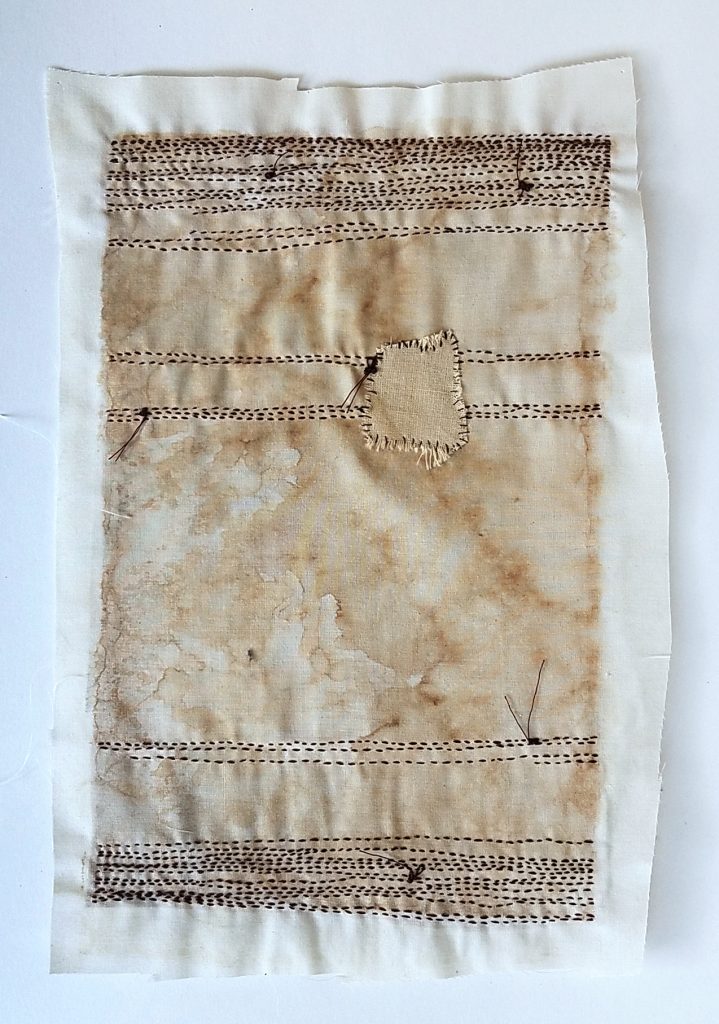
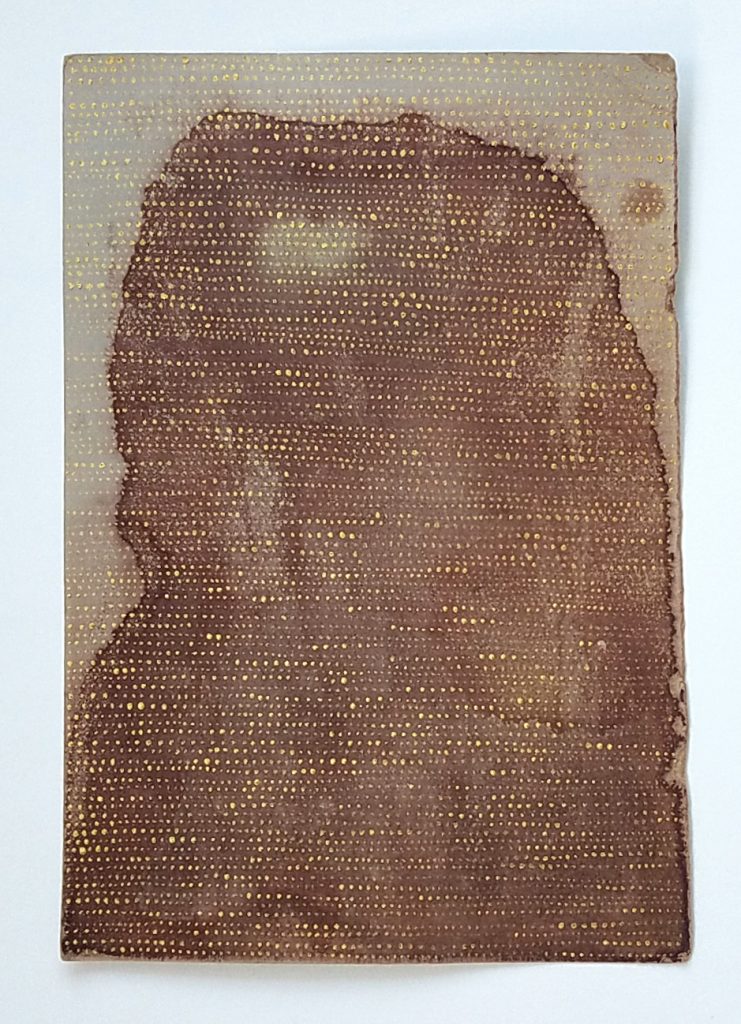
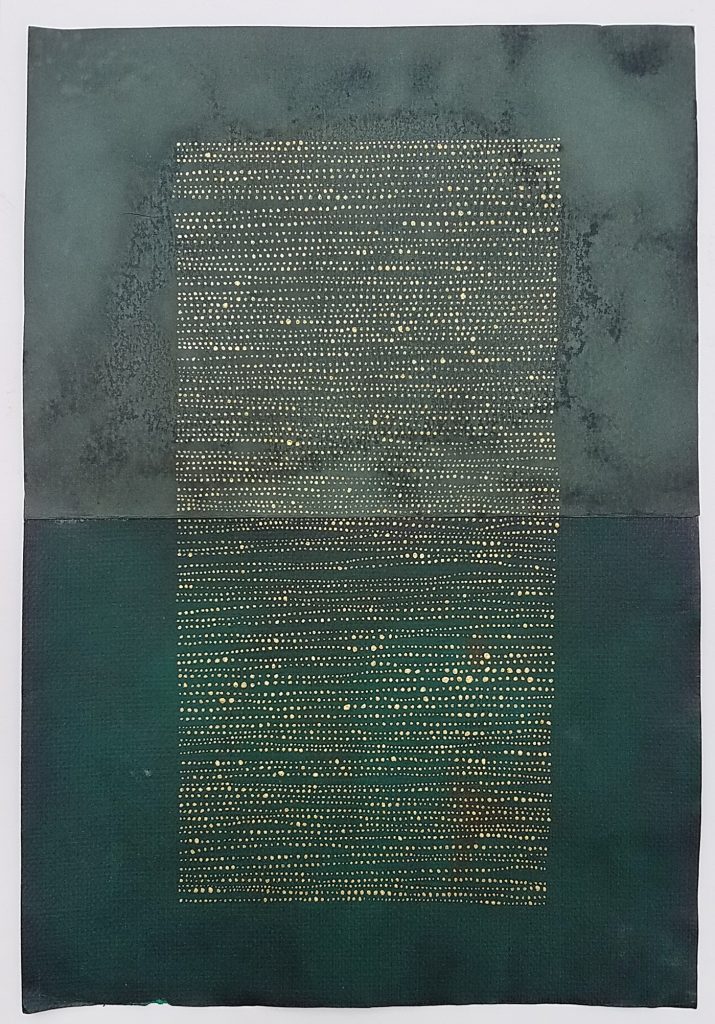
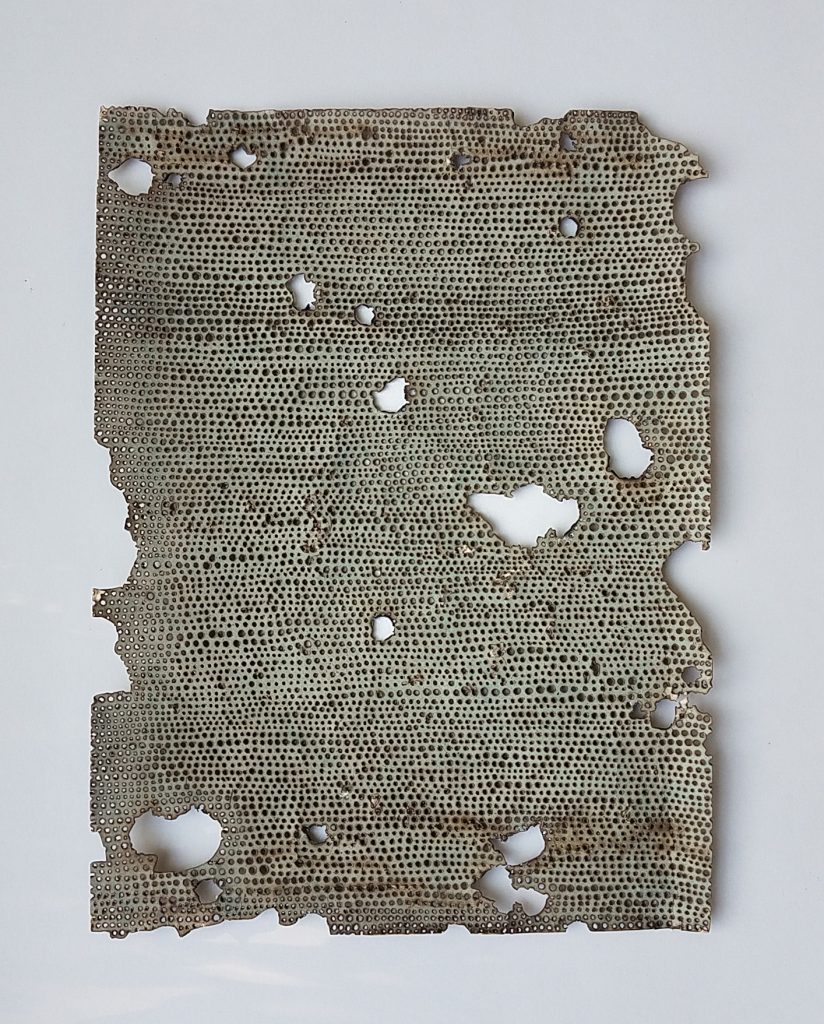
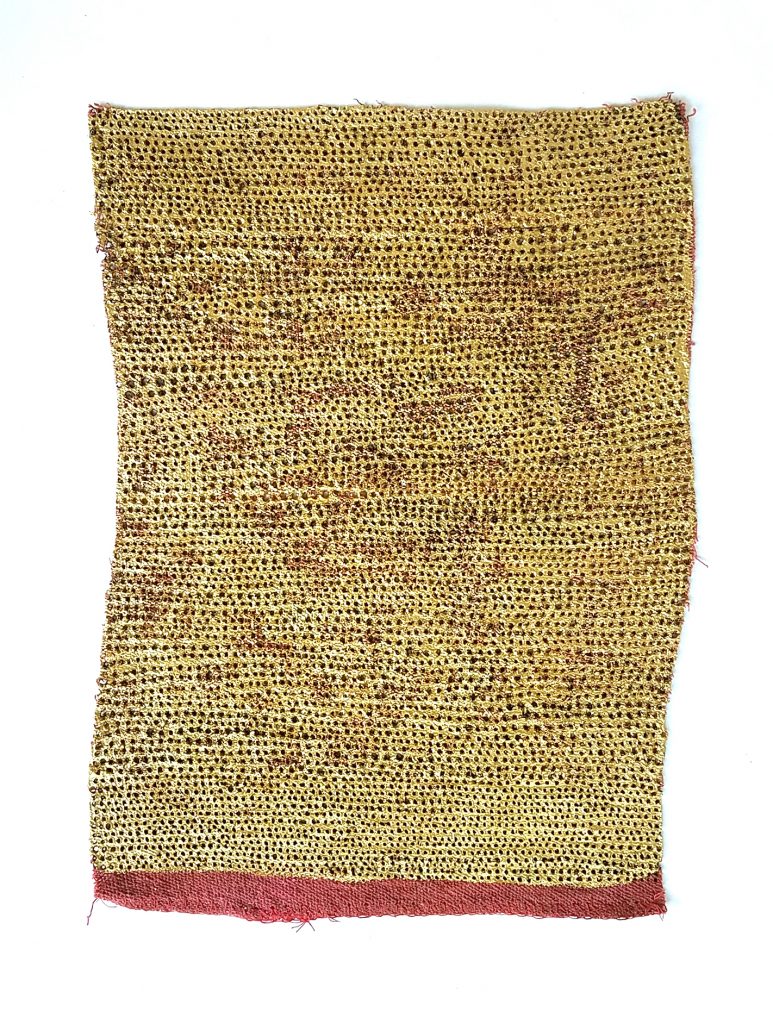

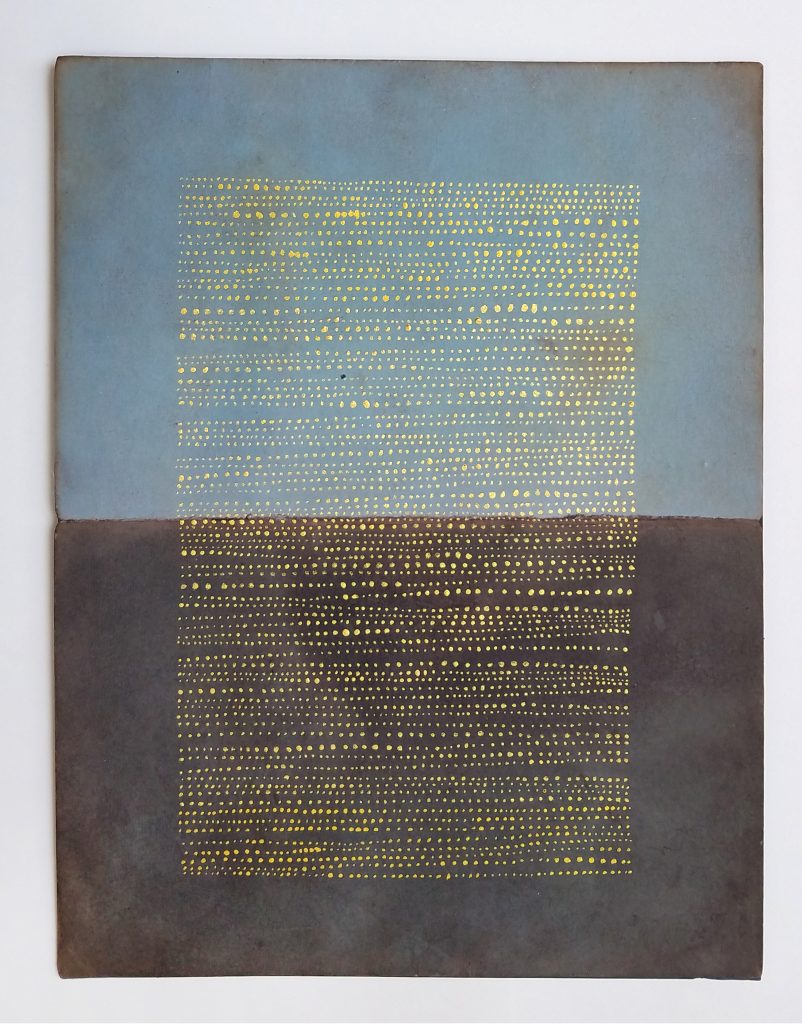
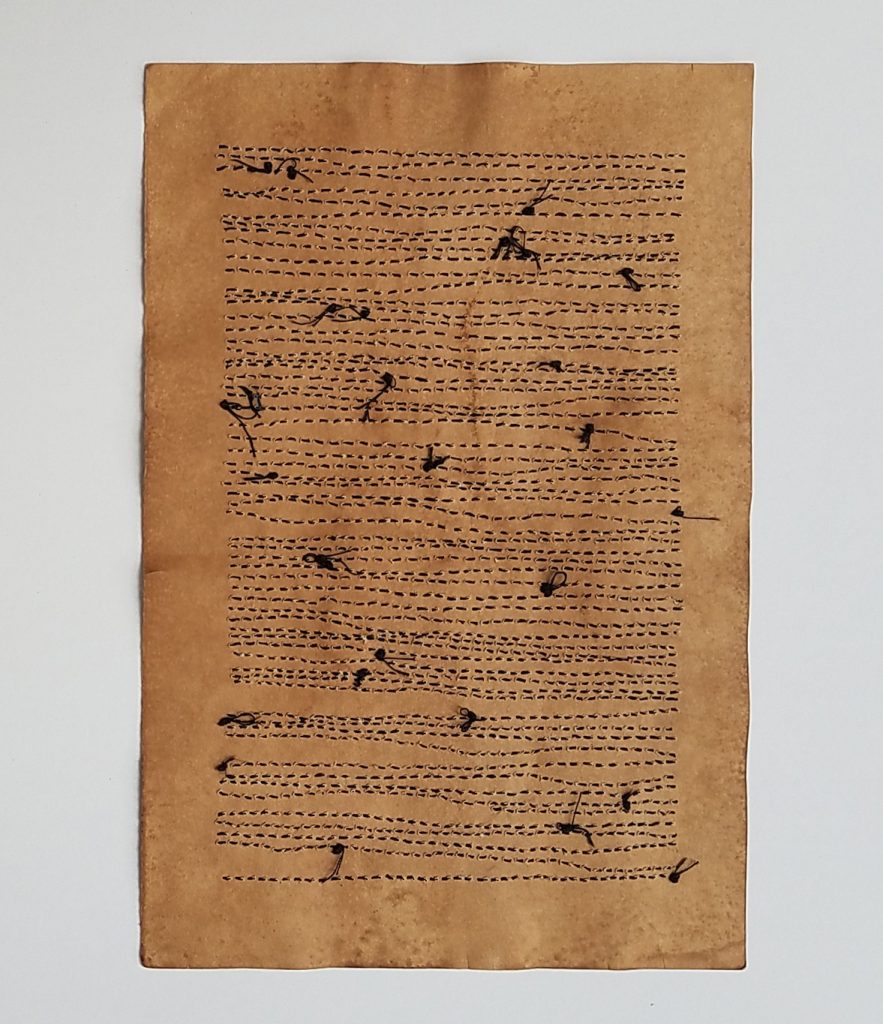
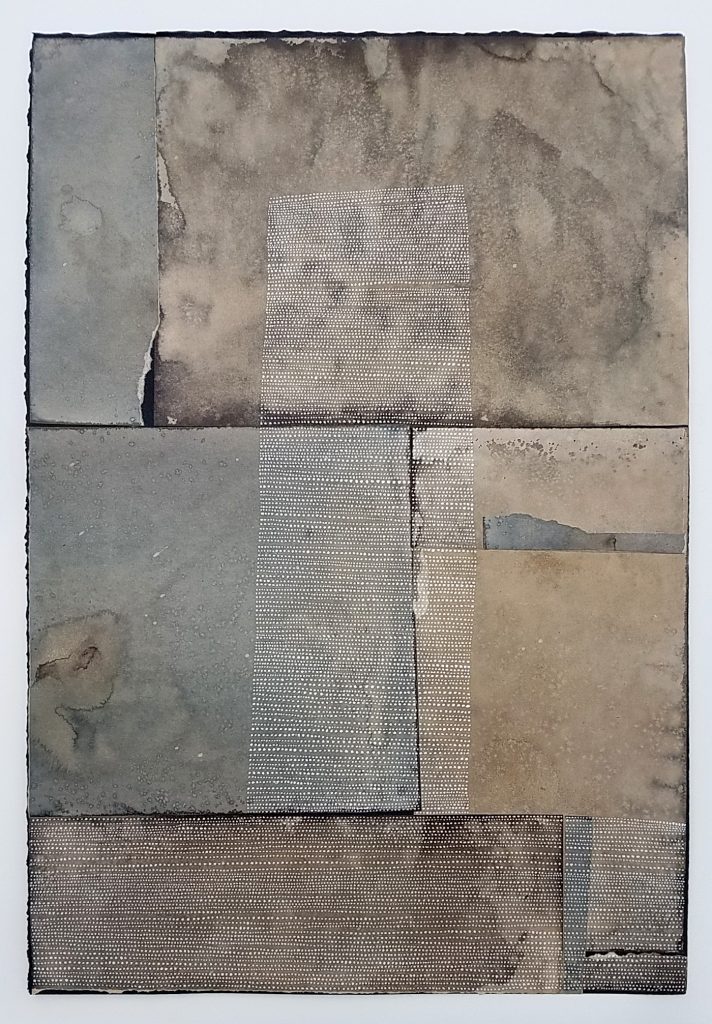
Ausstellungen und Beteiligungen:
Tehching Hsieh [TW/US]
b. 1950, Taiwan. Lives in Brooklyn, NY
:::EN only:::
Selected web links, resources and background material on the artist’s dialogue with the concept of protocol
Basic information
. »One Year Performance 1980—1981 (Time Clock Piece)« on tehchinghsieh.net
. The work on Google Arts&Culture
. Website Neue Nationalgalerie Berlin
. »Doing time«, on adrianheathfield.net
. 360° virtual rendition. Interactive presentation of »Doing time« at the 57th Venice Art Biennale, curated by Adrian Heathfield
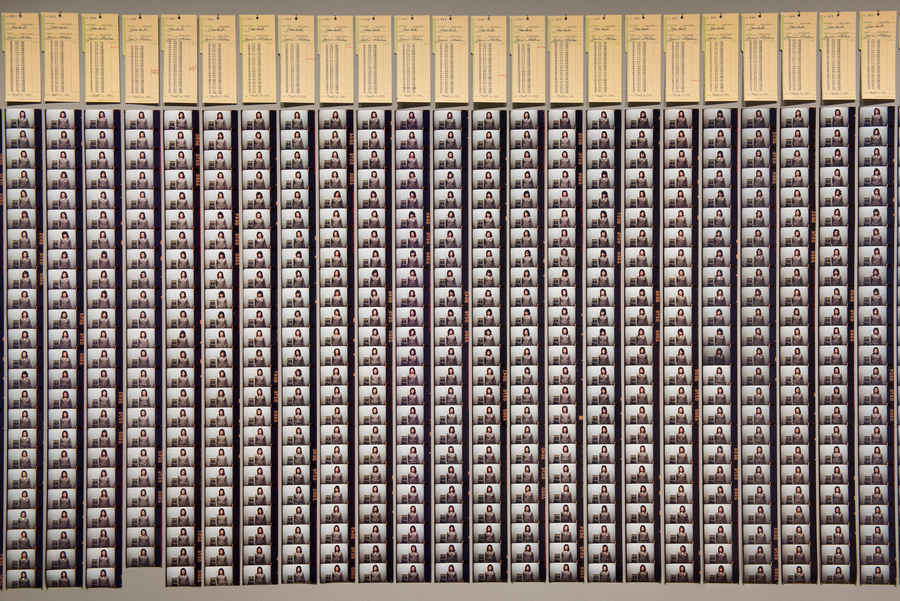
Tehching Hsieh: »One Year Performance 1980—1981 (Time Clock Piece)«. Fragment from the installation of »Doing time« at the 57th Venice Biennale. Photograph: Hugo Glendinning. Copyright © 2017 Tehching Hsieh.
Newspaper articles
. DE: Tagesspiegel, FAZ, Berliner Zeitung, Monopol
. EN: Frieze, Guardian, Guardian, Hyperallergic, SB
Videos
. FACT Liverpool [1:29 min], 2010
. Tate [3:38 min]: Statements by Tehshing Hsieh on the work
. Case Study 34 [7:04 min]: Tehching Hsieh
. Vernissage TV [8:45 min]: Tehching Hsieh: »Doing time«. Taiwan Pavilion, 57th Venice Art Biennale 2017
. Das PLATFORMS [9:01 min] & Carriageworks [2:30 min] on the presentation in Sydney, 2014
Detailed presentations
. Transmediale 2011: [18:09 min]: Adrian Heathfield presents the work of Tehching Hsieh
. Outside Again [25:05 min]: Film by Adrian Heathfiled and Hugo Glendinning on the third One Year Performance by Tehching Hsieh, shown alongside the exhibition »Doing time« at the Taiwan Pavilion of the 57th Venice Art Biennale in 2017
. Center for Chinese Studies 2022 [2 hrs 2:33 min]: Conversation between Tehching Hsieh and Professor Michael Berry, Director of the UCLA, Center for Chinese Studies.
Standard publication
. Adrian Heathfield: OUT OF NOW. London, 2009
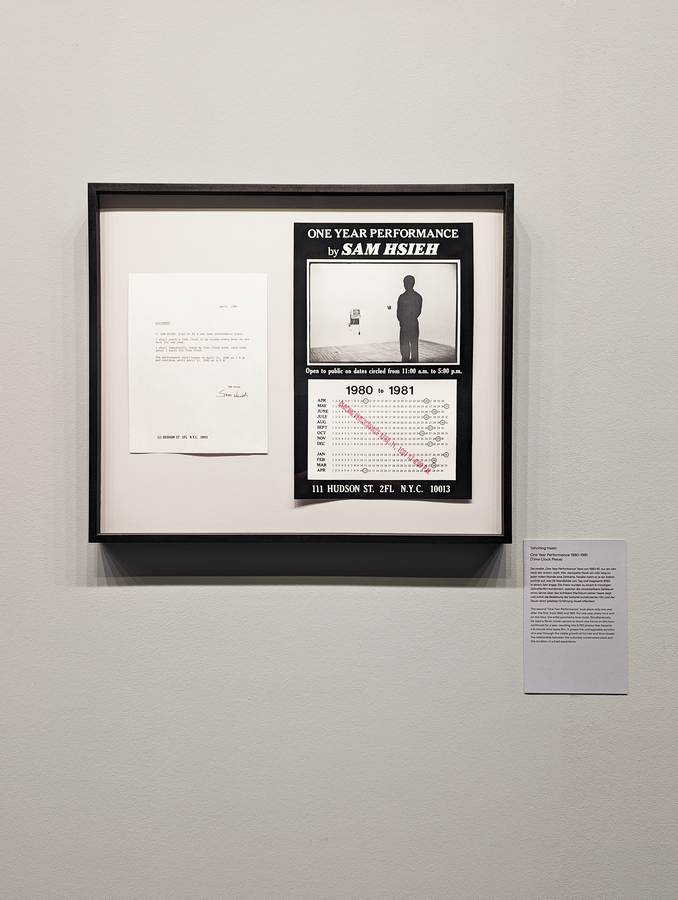
Tehching Hsieh: »One Year Performance 1980—1981 (Time Clock Piece)«. Photo from the exhibition at Neue Nationalgalerie Berlin. Photo M.Seidel, Copyright © 2023 Tehching Hsieh.
Aiko Tezuka [JP]
*1976 in Tokio
Lebt und arbeitet in Tokio und Berlin
drj Programmkünstlerin seit 2022
www.aikotezuka.com, instagram.com/aikotezuka
Ausstellungen und Beteiligungen:
Willem Besselink [NL]
*1980 in Venray, Niederlande
Lebt und arbeitet in Rotterdam
drj Programmkünstler seit 2017.
www.willembesselink.nl, instagram.com/willembesselink
Ausstellungen und Beteiligungen:
Michael Rouillard [US]
*1955, Valparaiso, FL, USA
Lebt und arbeitet in NYC.
drj Programmkünstler seit 2018.
www.michaelrouillard.com
Ausstellungen und Beteiligungen:
Oliver Siebeck [DE]
1961 in Wanne-Eickel
Lebt und arbeitet in Berlin.
drj Programmkünstler seit 2021
www.siebeckprojekte.de
Ausstellungen und Beteiligungen:
Nils-Simon Fischer [DE]
*1990 in Tübingen
lebt und arbeitet in Düsseldorf
drj Programmkünstler seit 2021.
instagram.com/nils_simon_fischer
Ausstellungen und Beteiligungen:
José Heerkens [NL]
1950 in Dinther, Nordbrabant [NL]
Lebt und arbeitet in Zeeland, Nordbrabant [NL]
drj Programmkünstlerin seit 2012
www.joseheerkens.nl
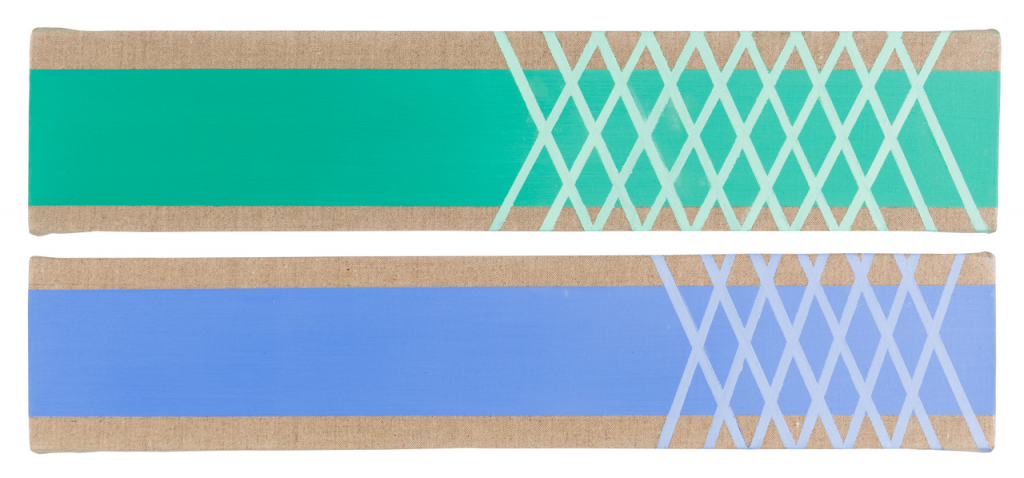
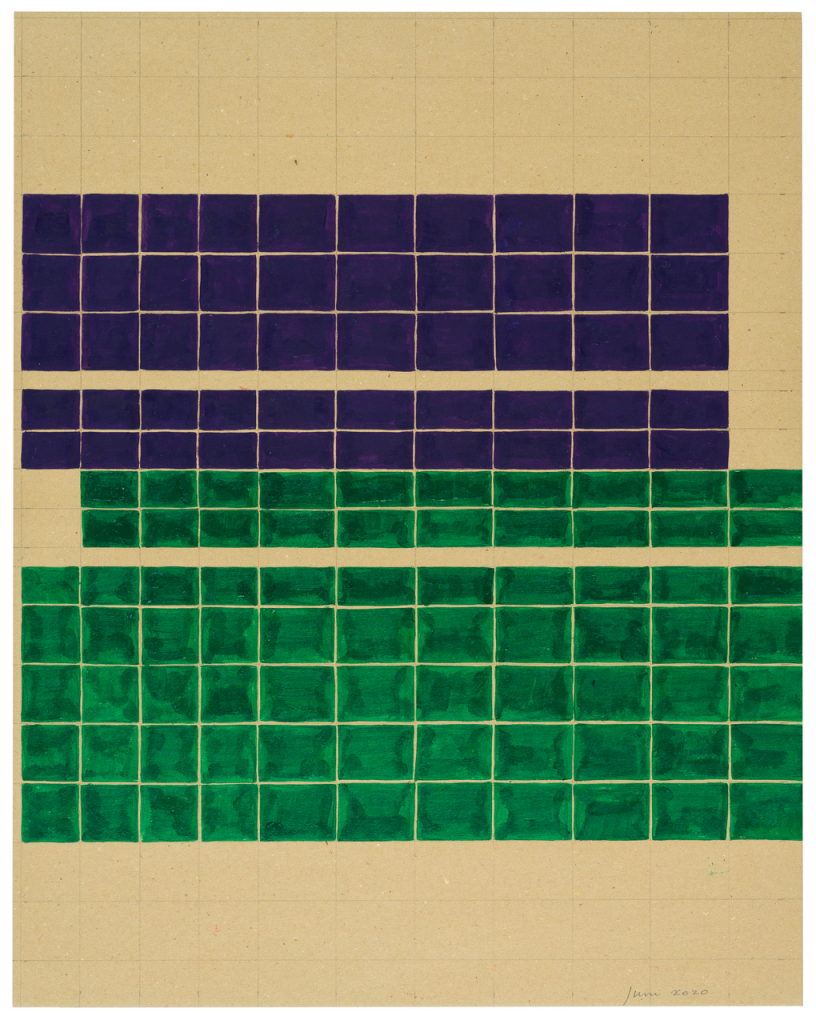
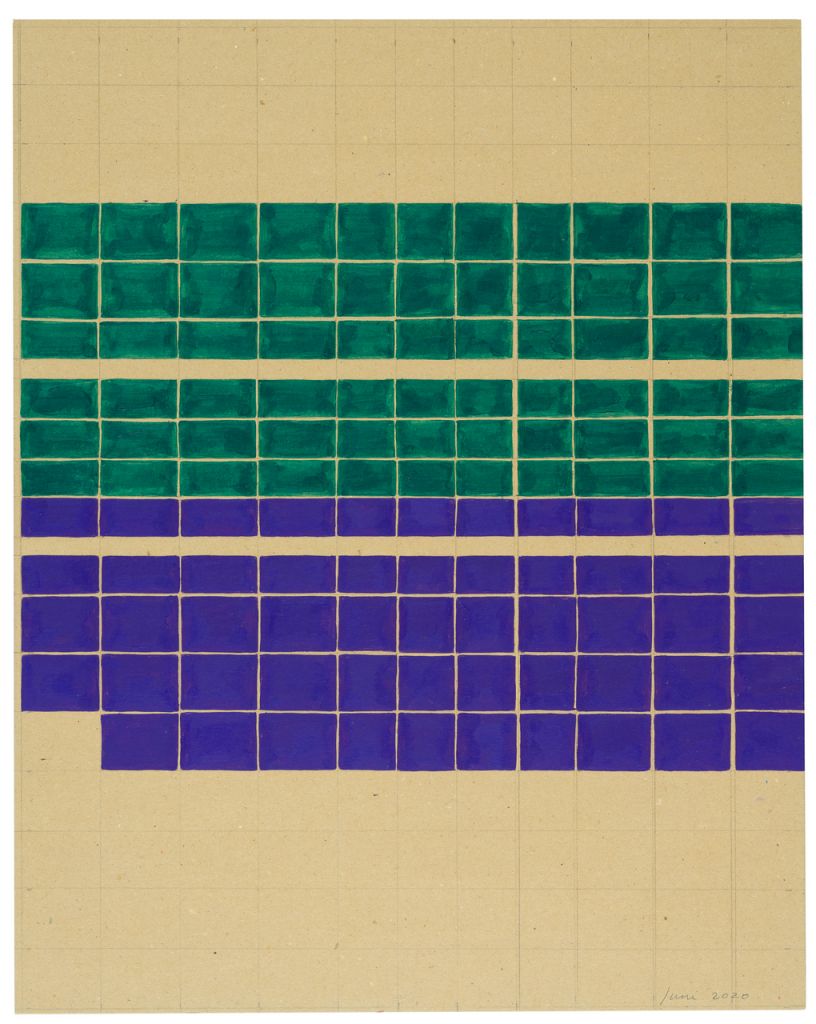
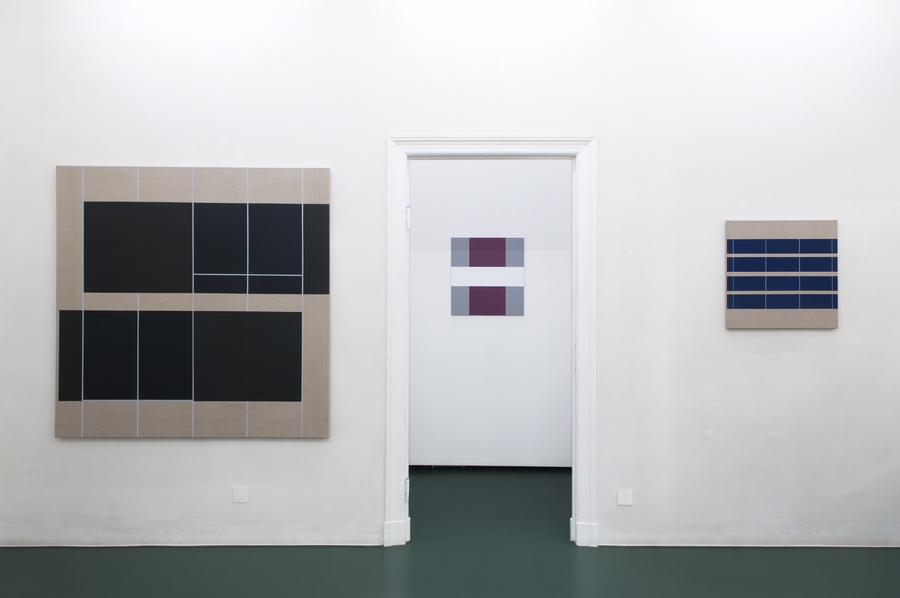
Daniel Göttin [CH] + José Heerkens [NL] – THE PATTERN IS SET, June 9 – July 16, 2016
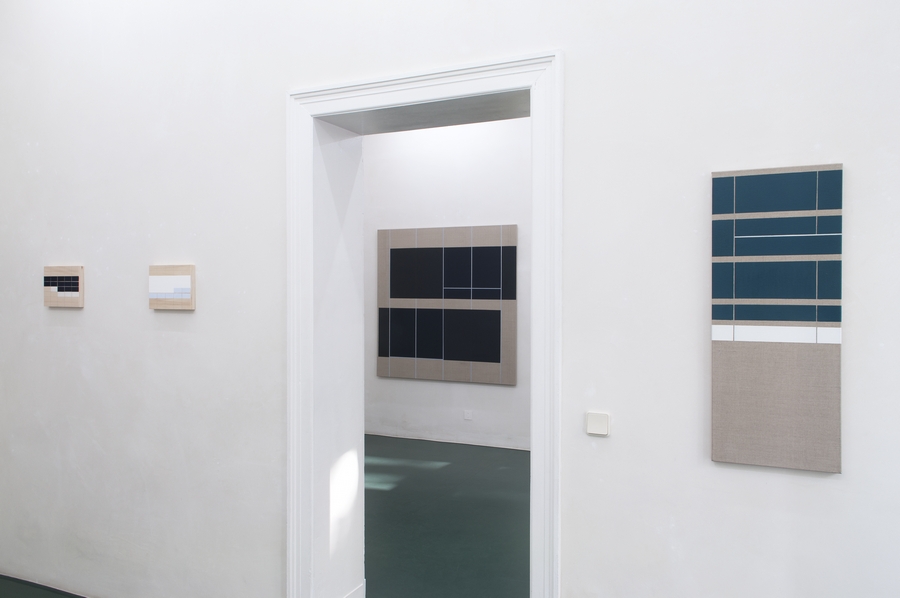
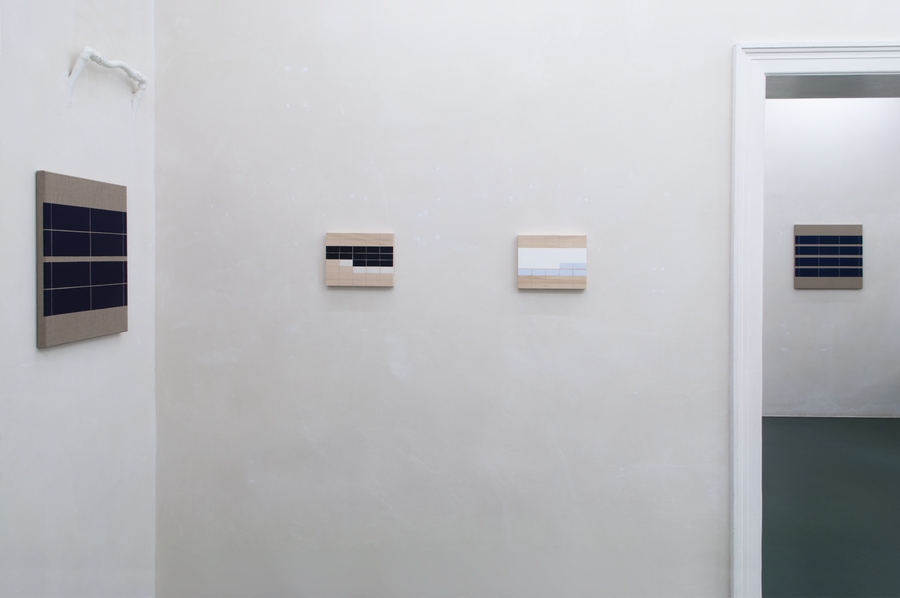
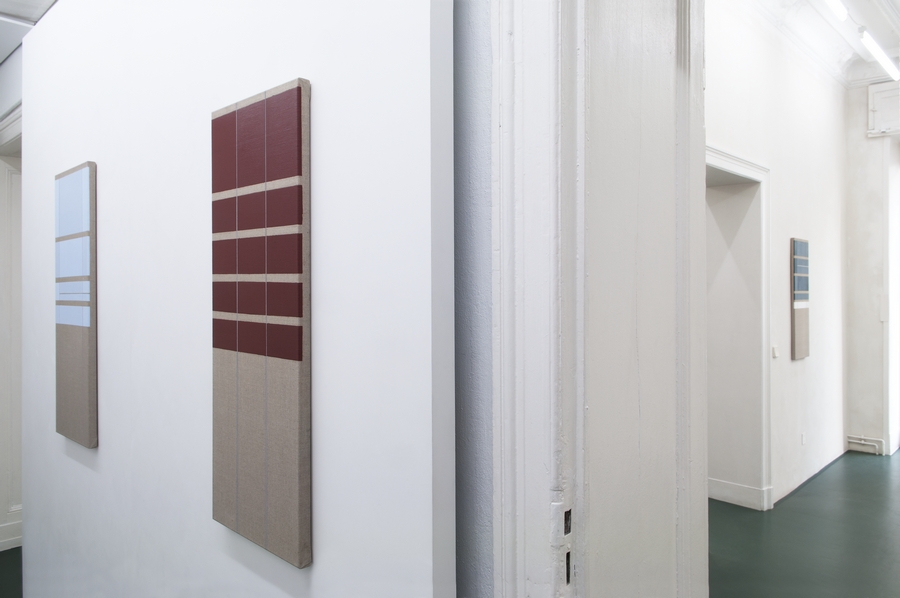
Ausstellungen und Beteiligungen:
Anette Haas [DE]
*1961 in Salzgitter
Lebt und arbeitet in Berlin, Hannover und New York [US]
drj Programmkünstlerin seit 2012
www.anette-haas.de, www.instagram.com/kug_hannover
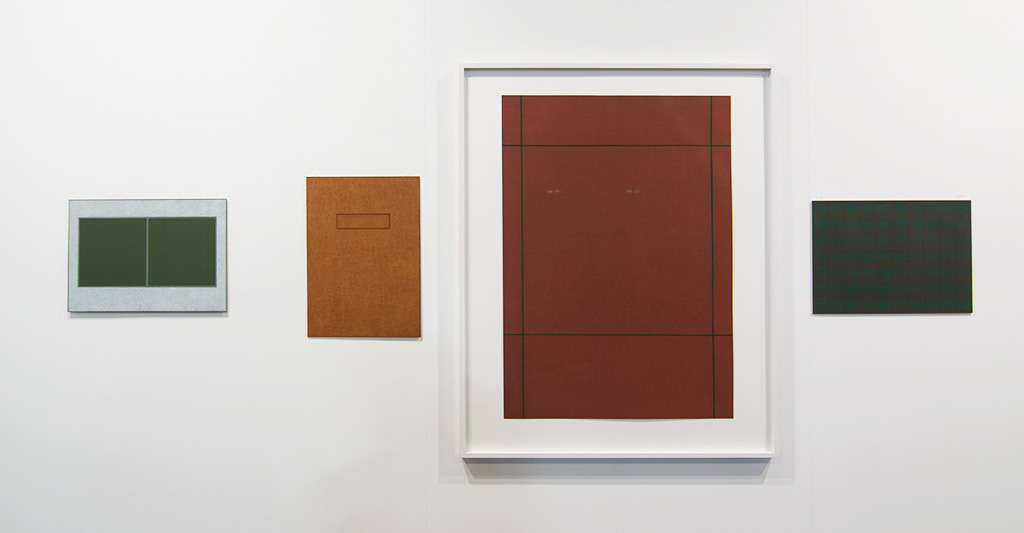
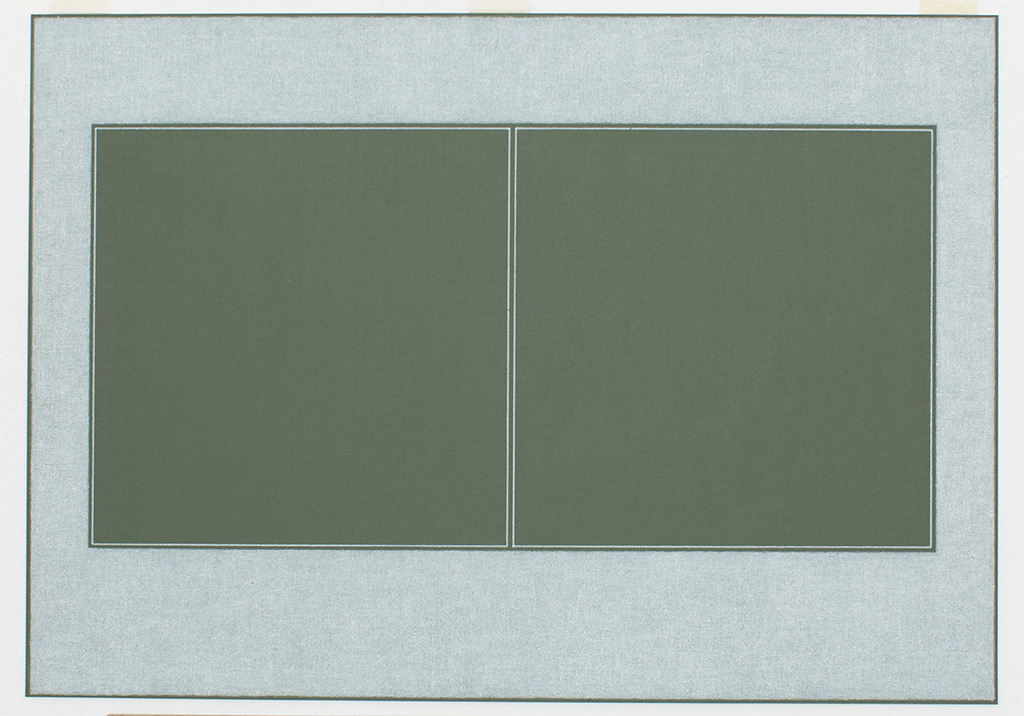
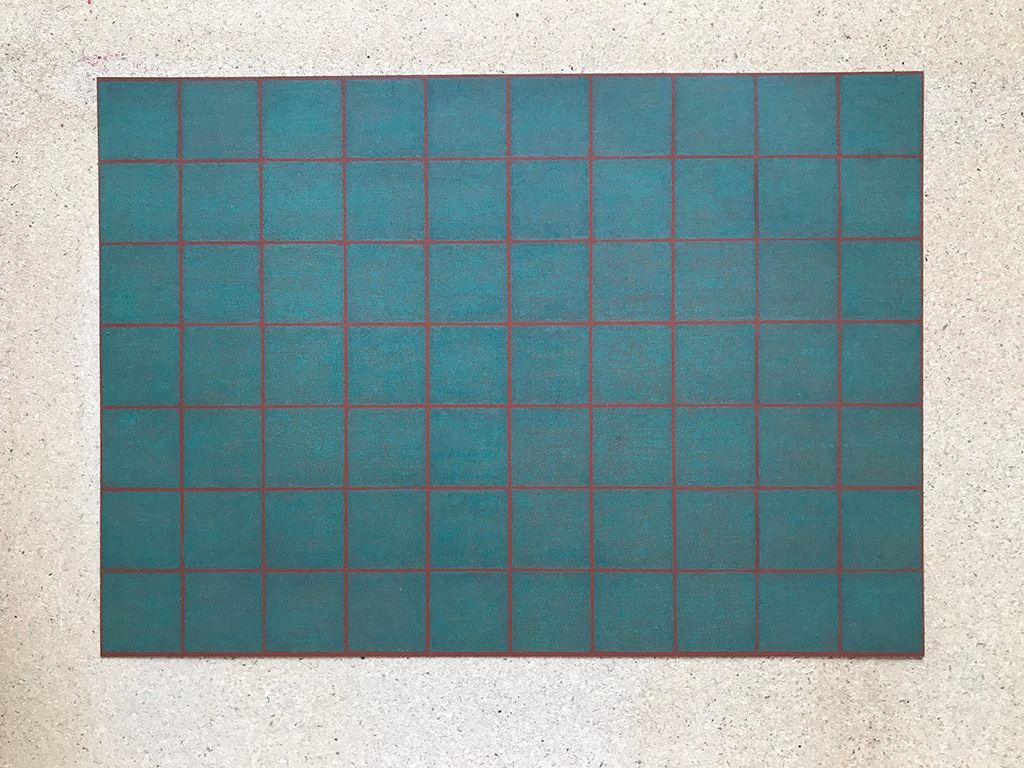
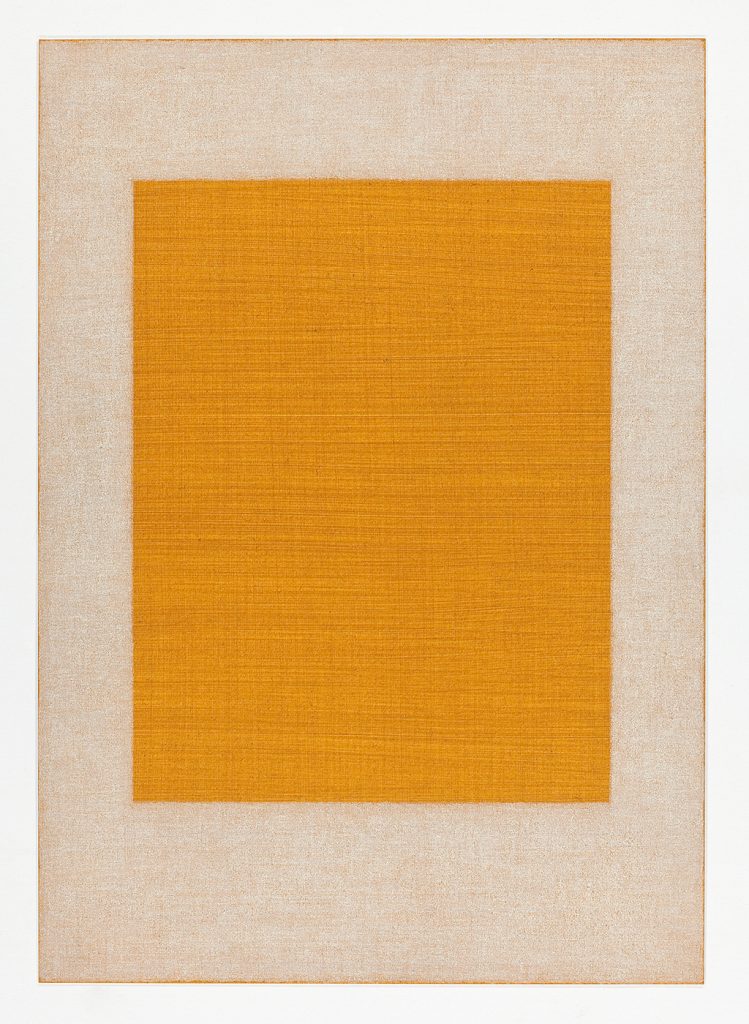
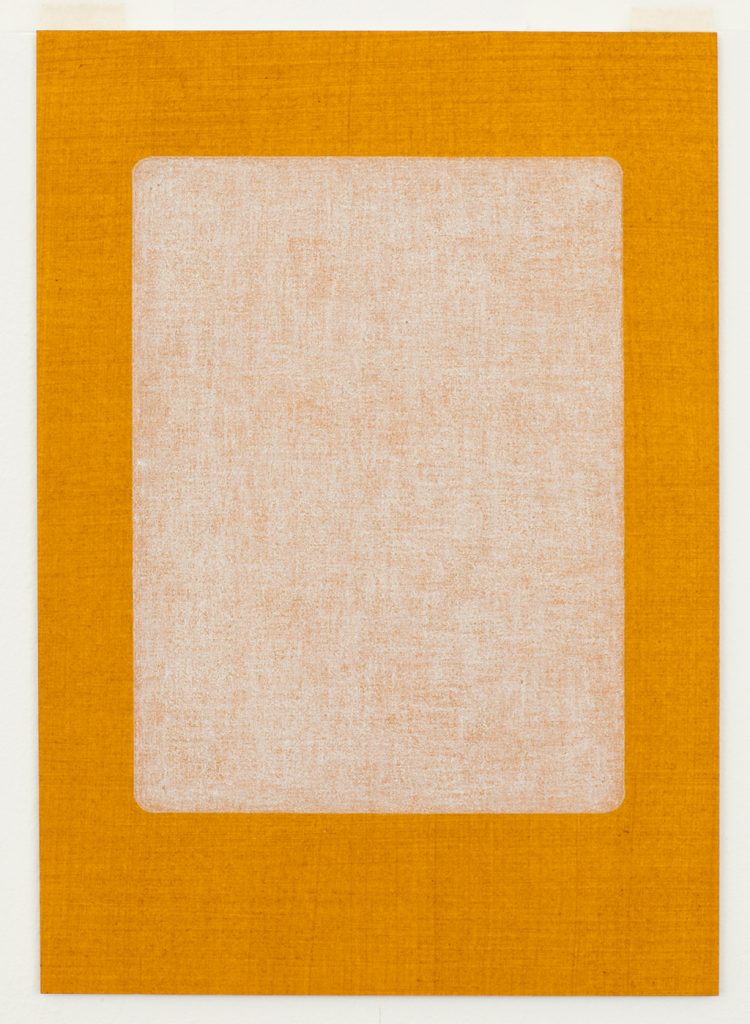

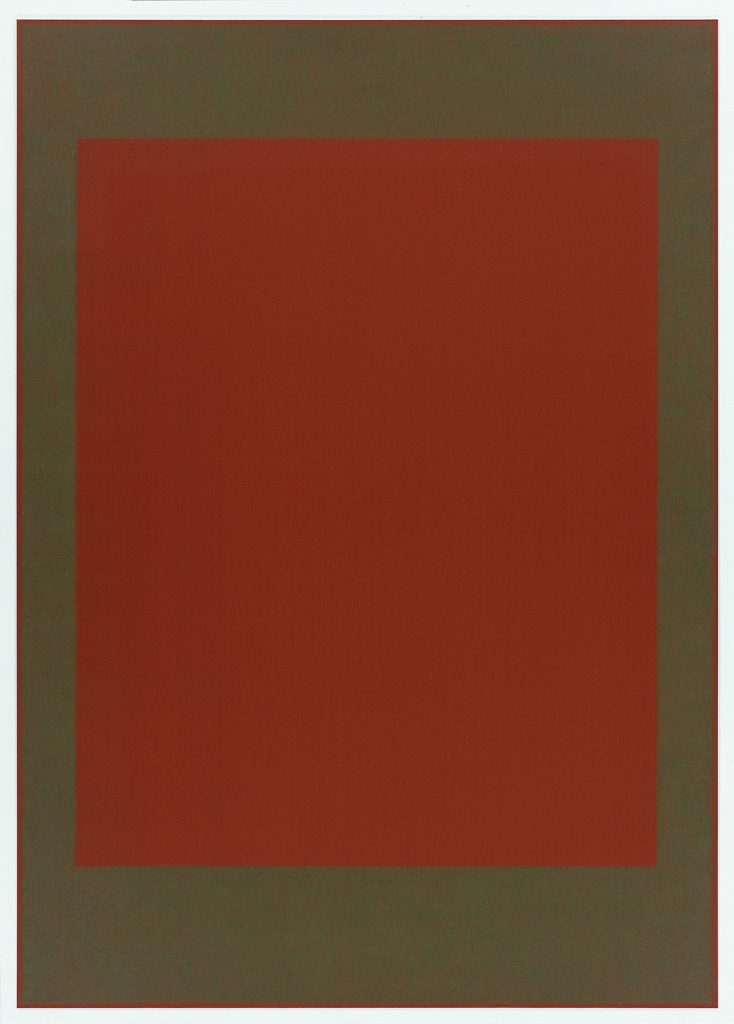
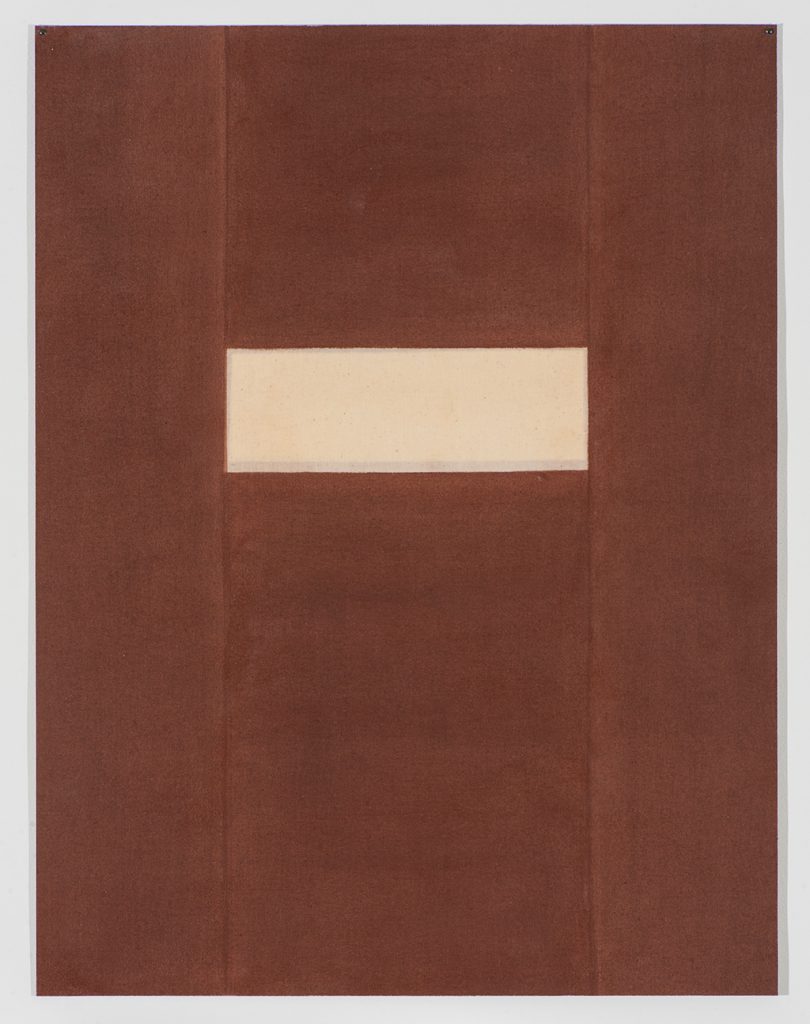
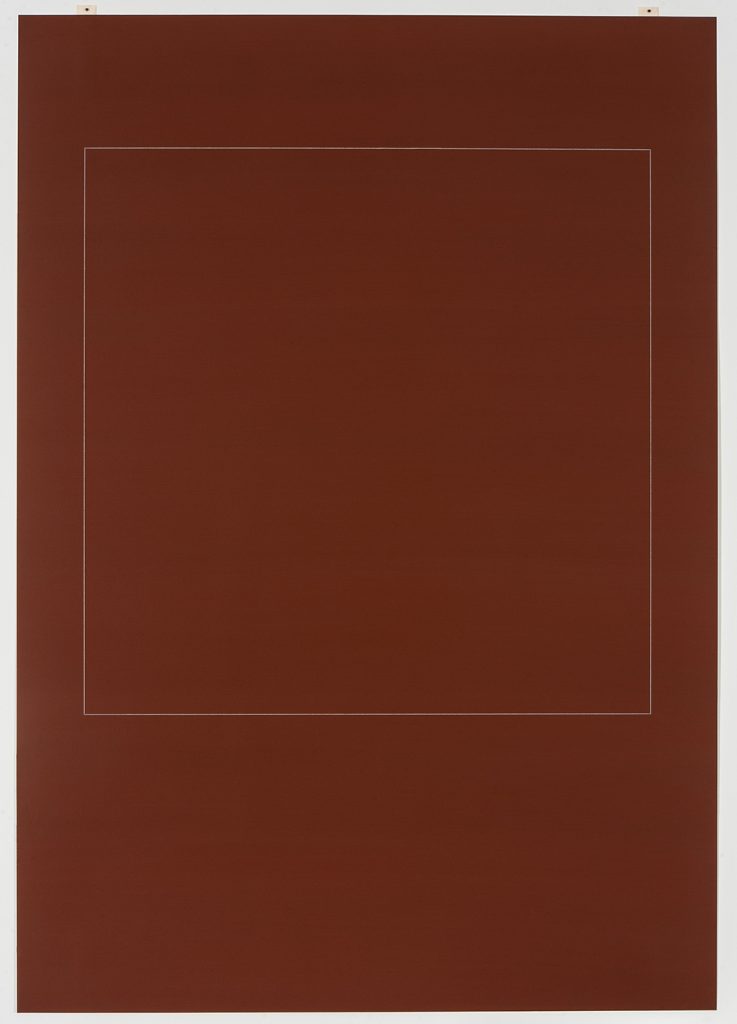
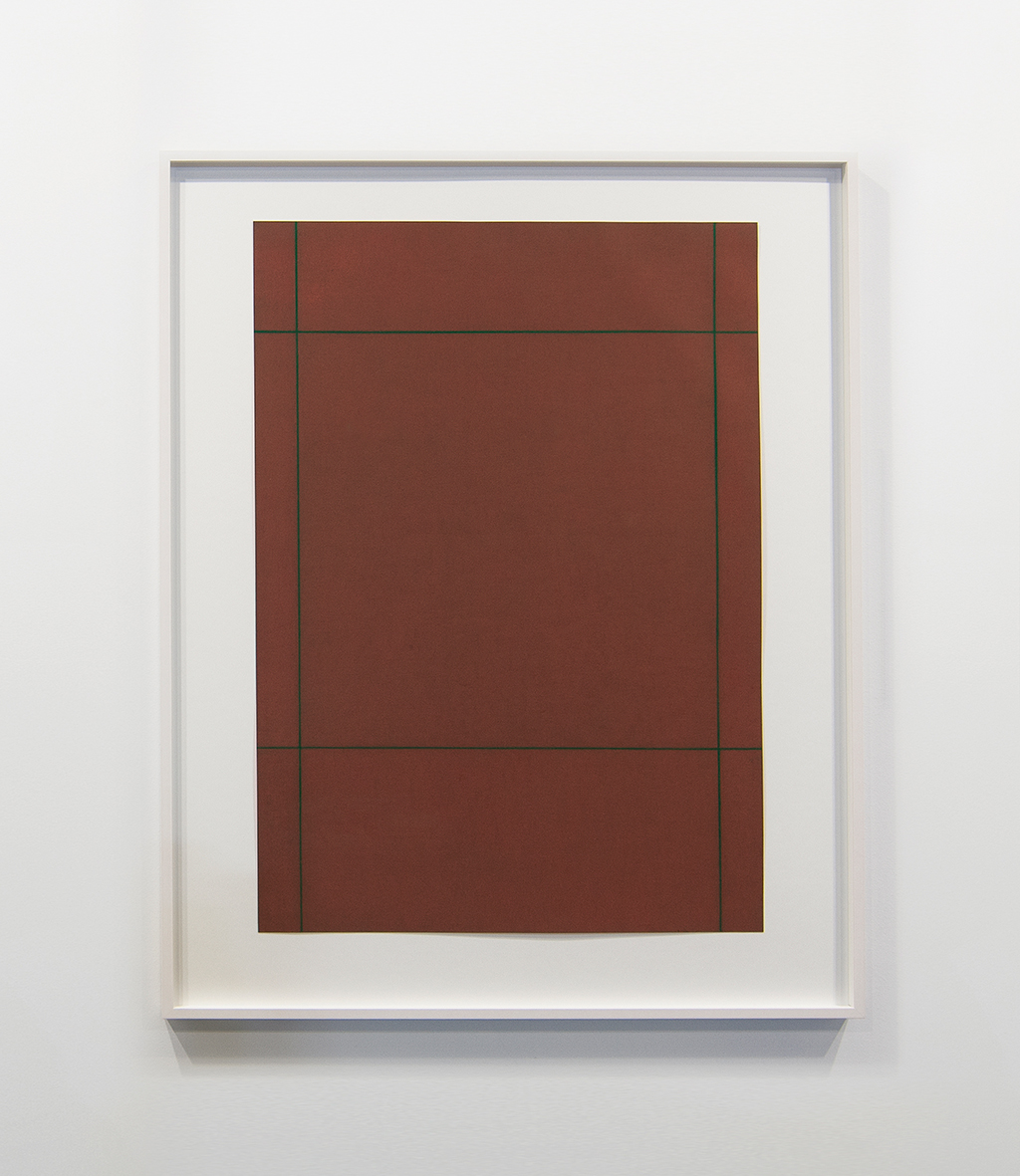
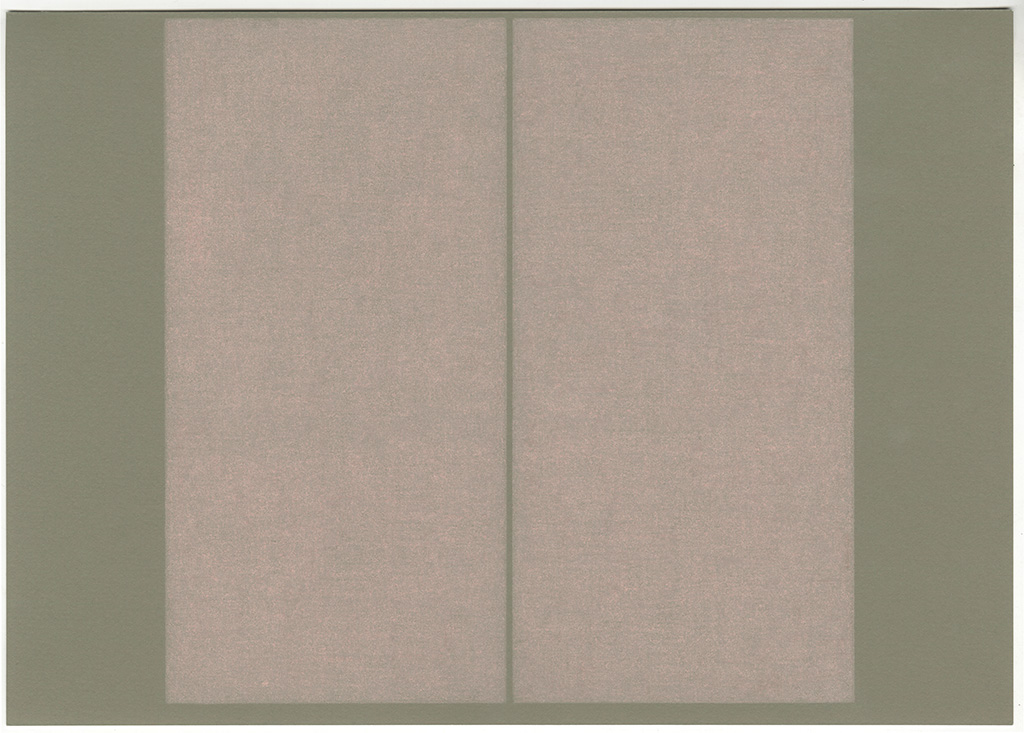
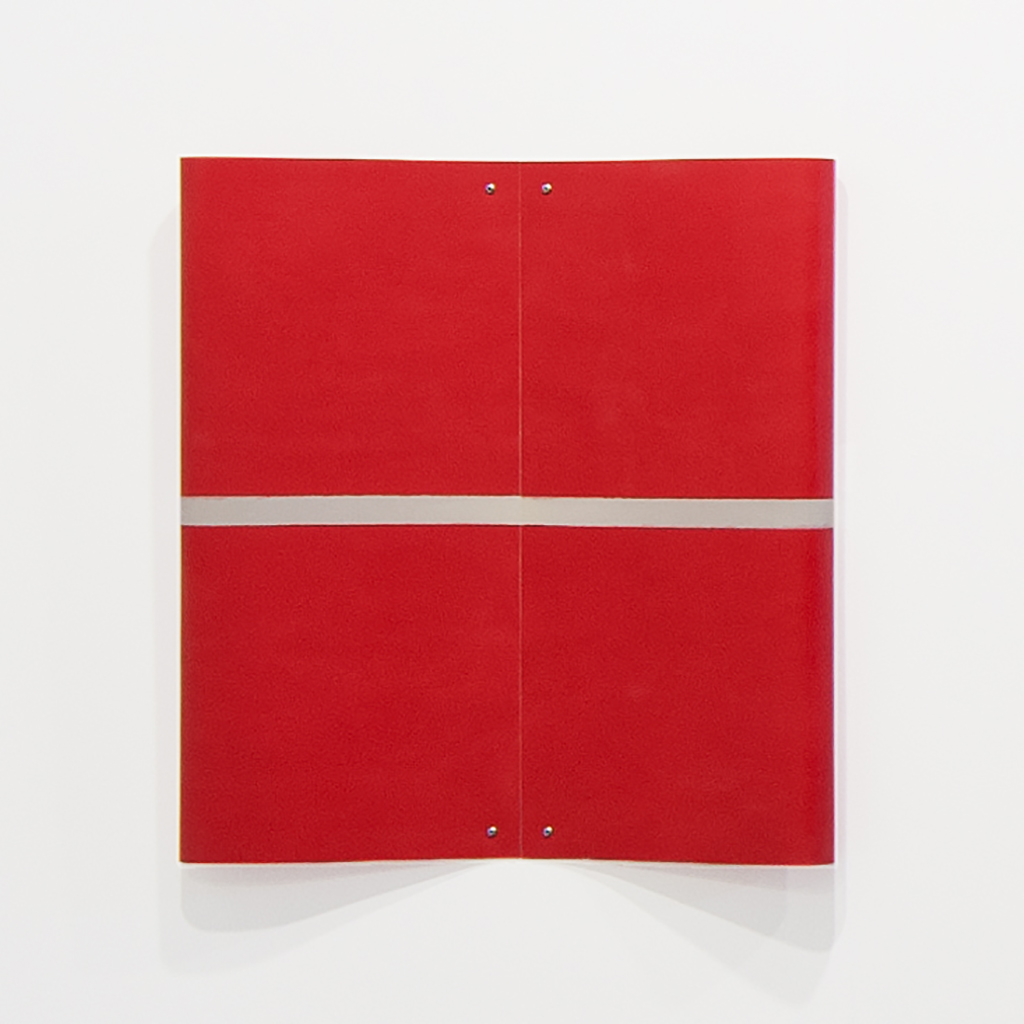

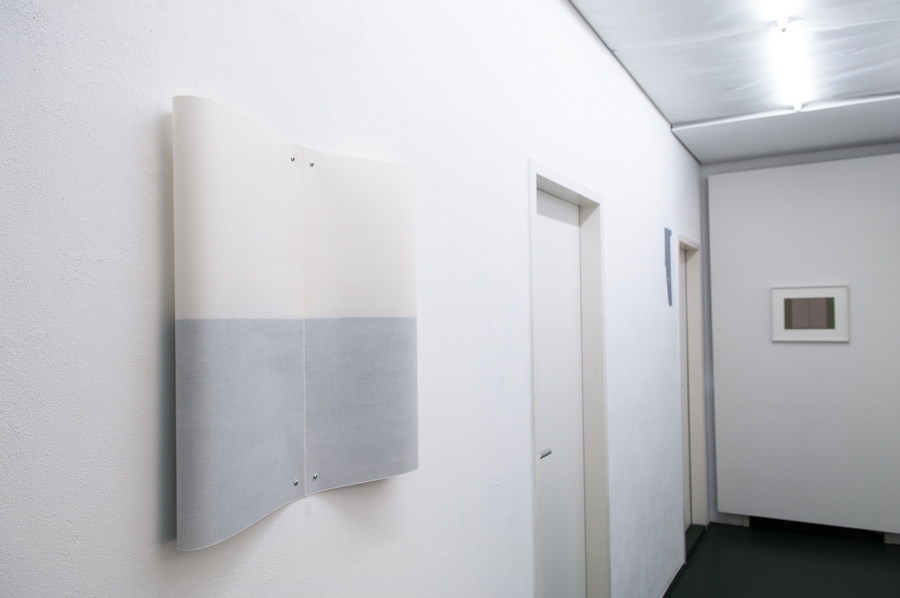
Ausstellungen und Beteiligungen:
Hartmut Böhm [DE] †
Daniela Comani [IT]
*1965 in Bologna [IT]
Lebt und arbeitet in Berlin
drj Programmkünstlerin seit 2017
www.danielacomani.net, www.instagram.com/danielacomani
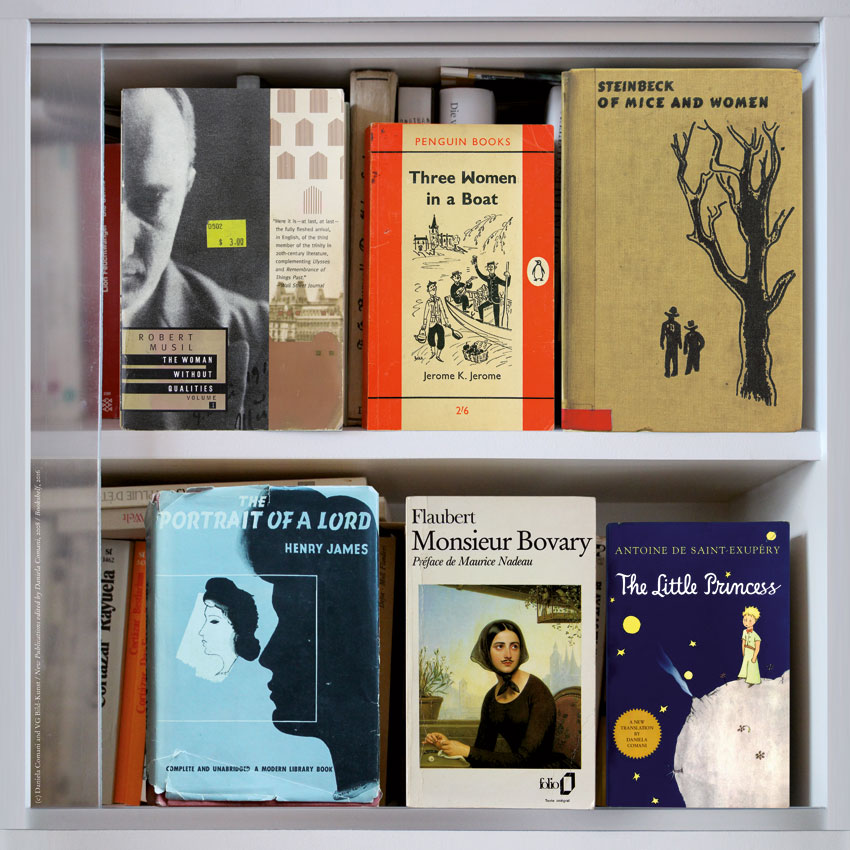
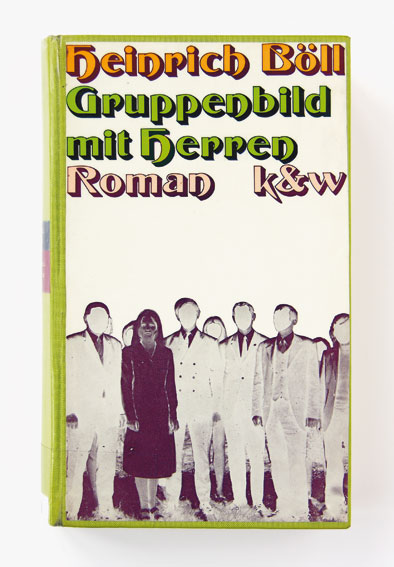
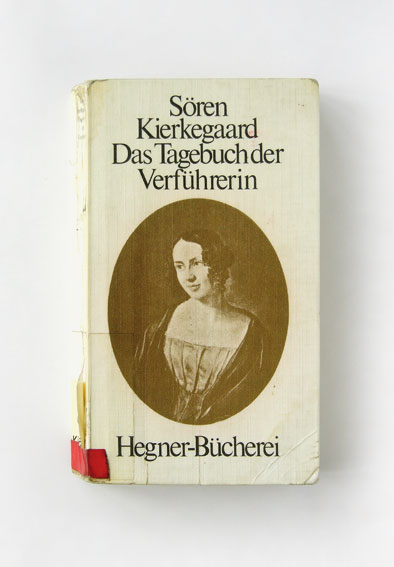
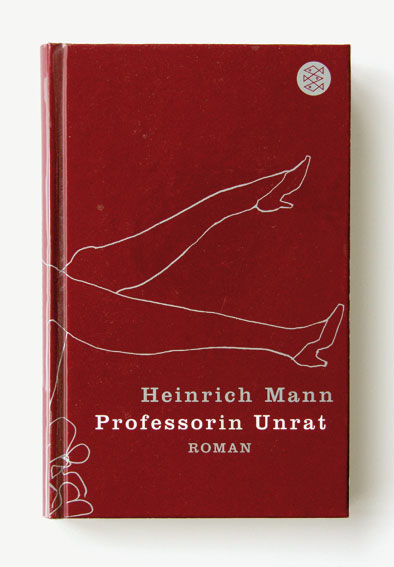
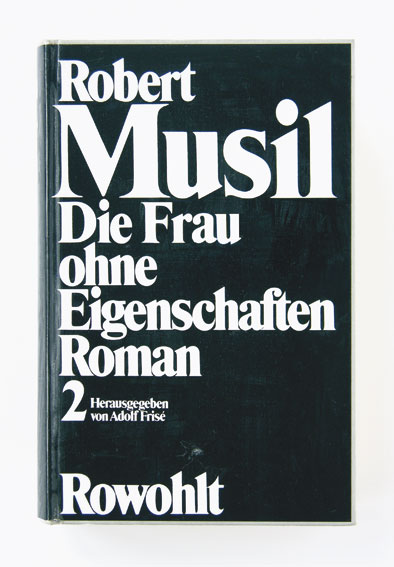
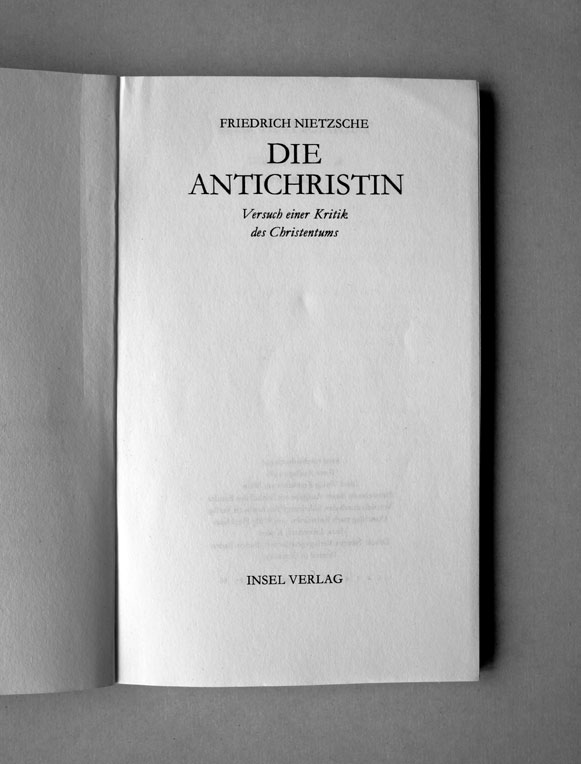
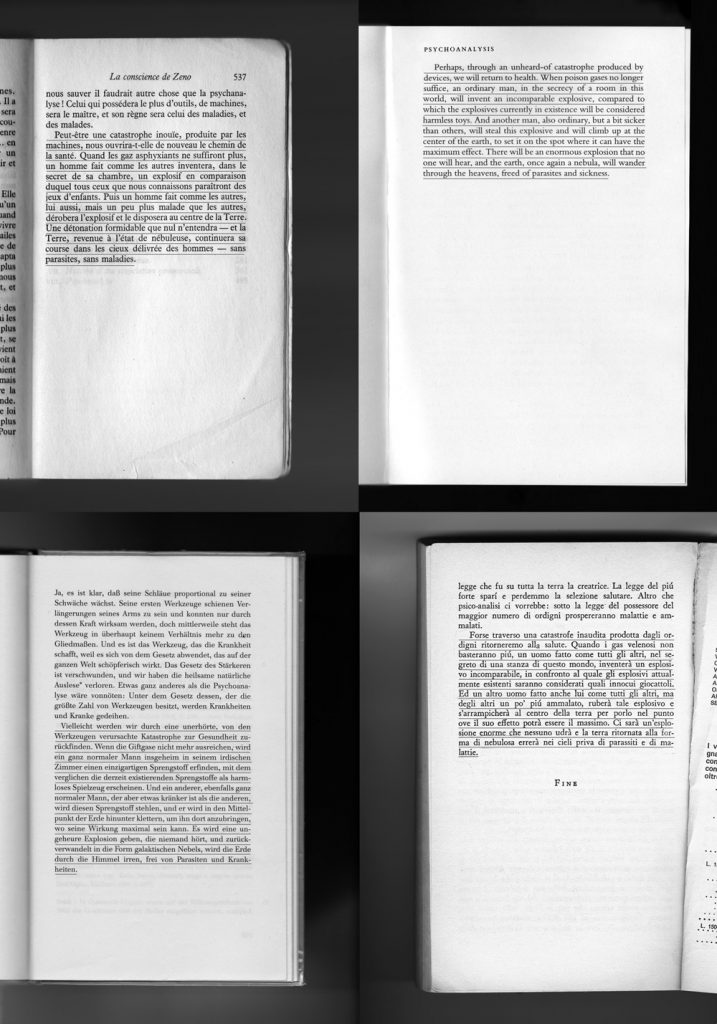
Ausstellungen und Beteiligungen:
Wolfgang Berndt [DE]
*1953 in Leverkusen [DE]
Lebt und arbeitet. In Köln.
drj Programmkünstler seit 2008
instagram.com/wolbernet
Ausstellungen und Beteiligungen:
Daniel Göttin [CH]
*1959 in Basel [CH]
Lebt und arbeitet in Basel [CH]
drj Programmkünstler seit 2012
www.danielgoettin.ch, www.hebel121.org
